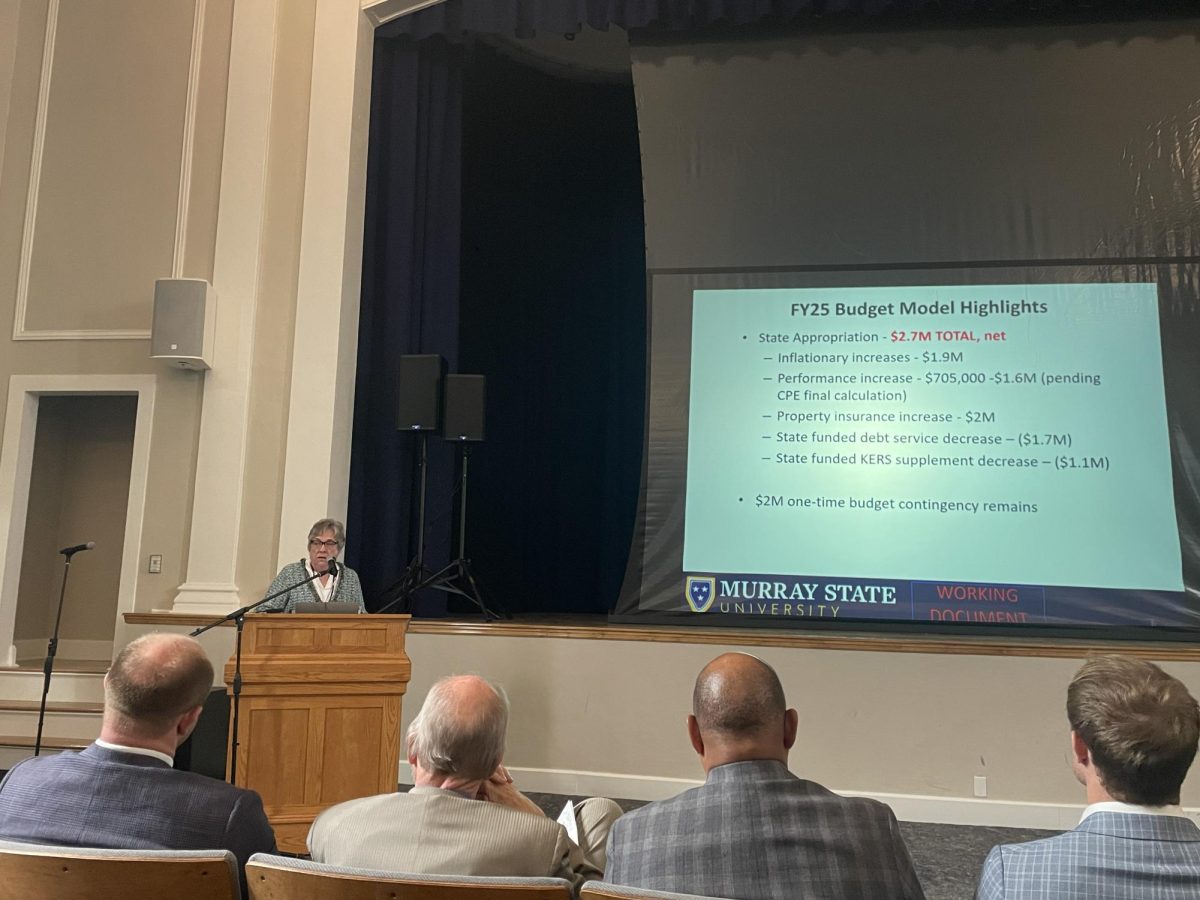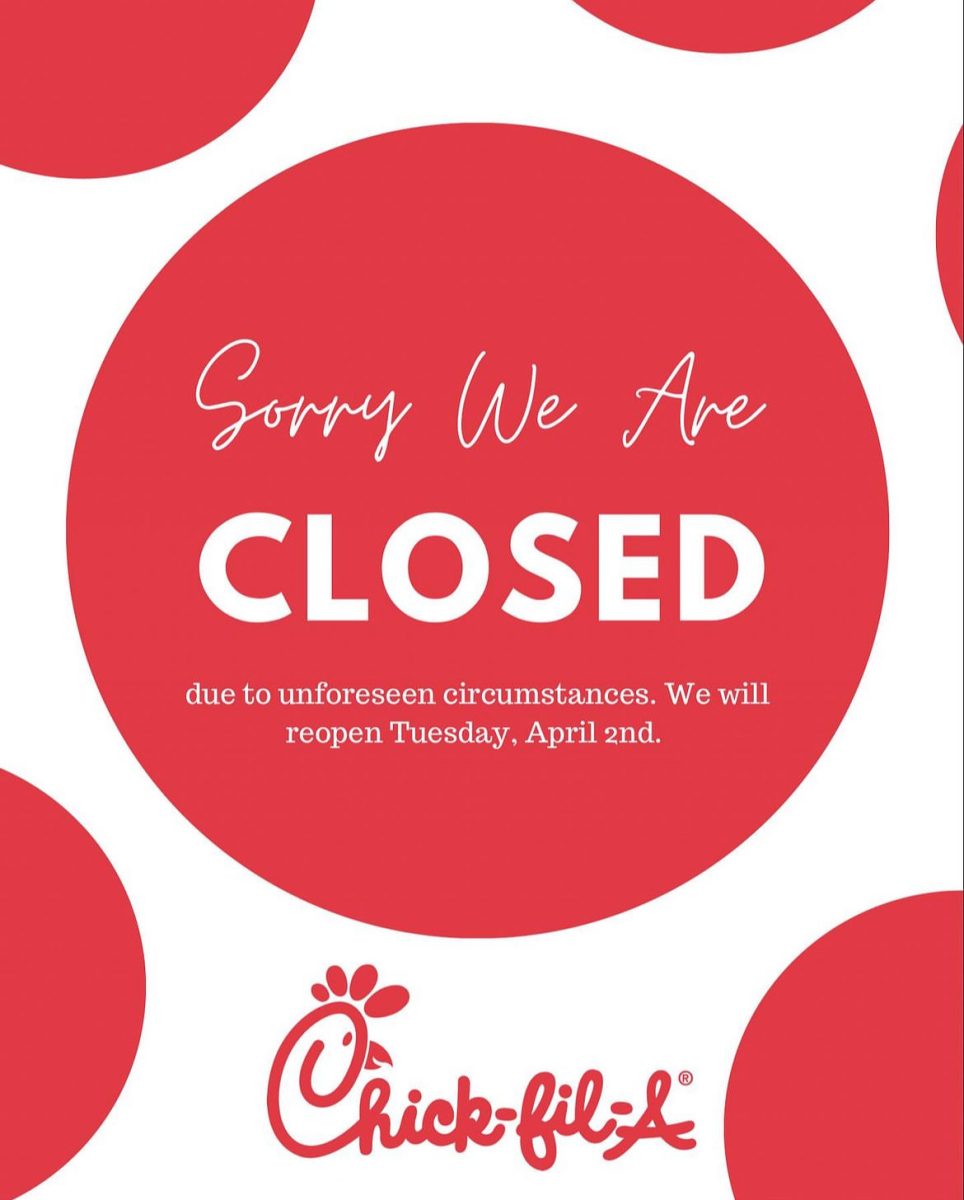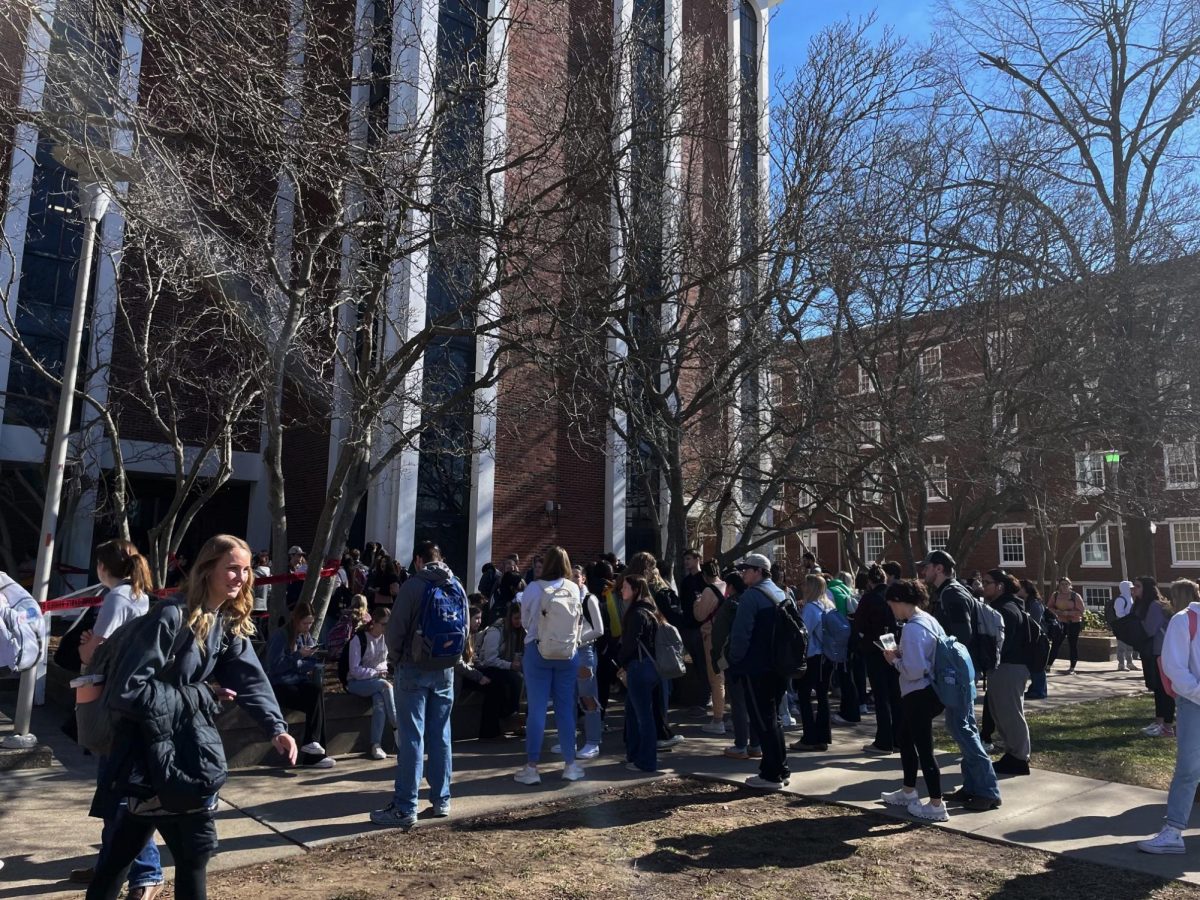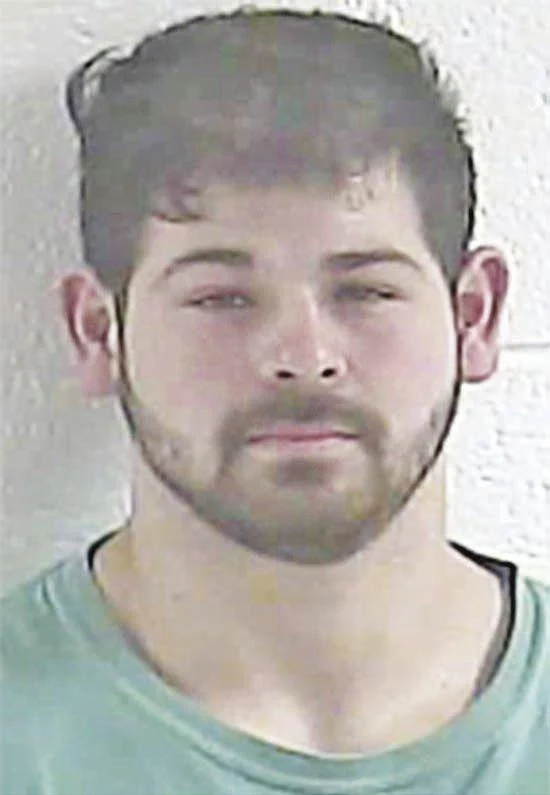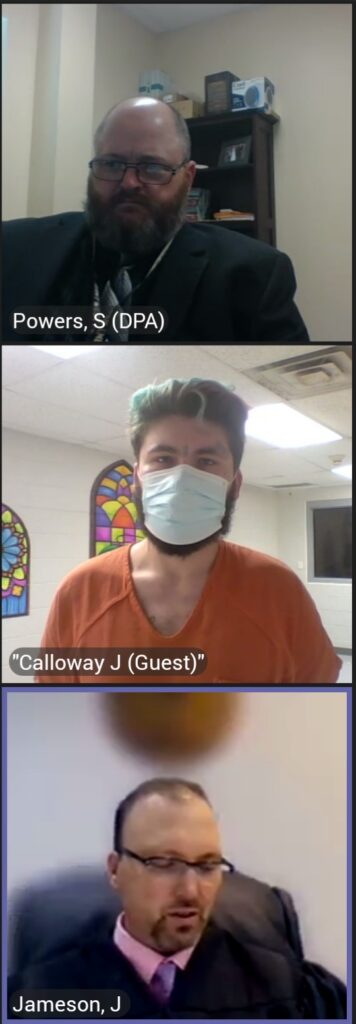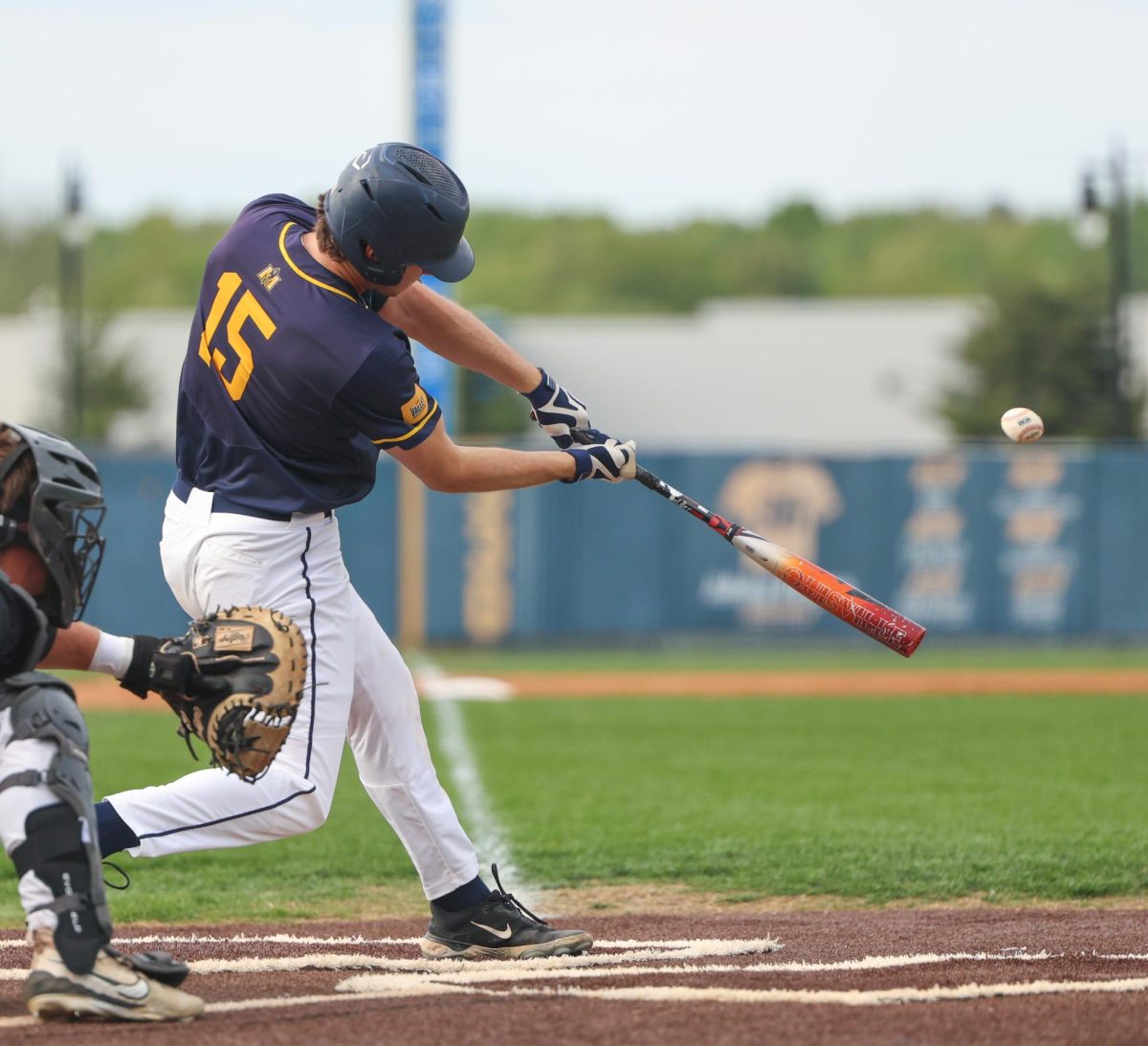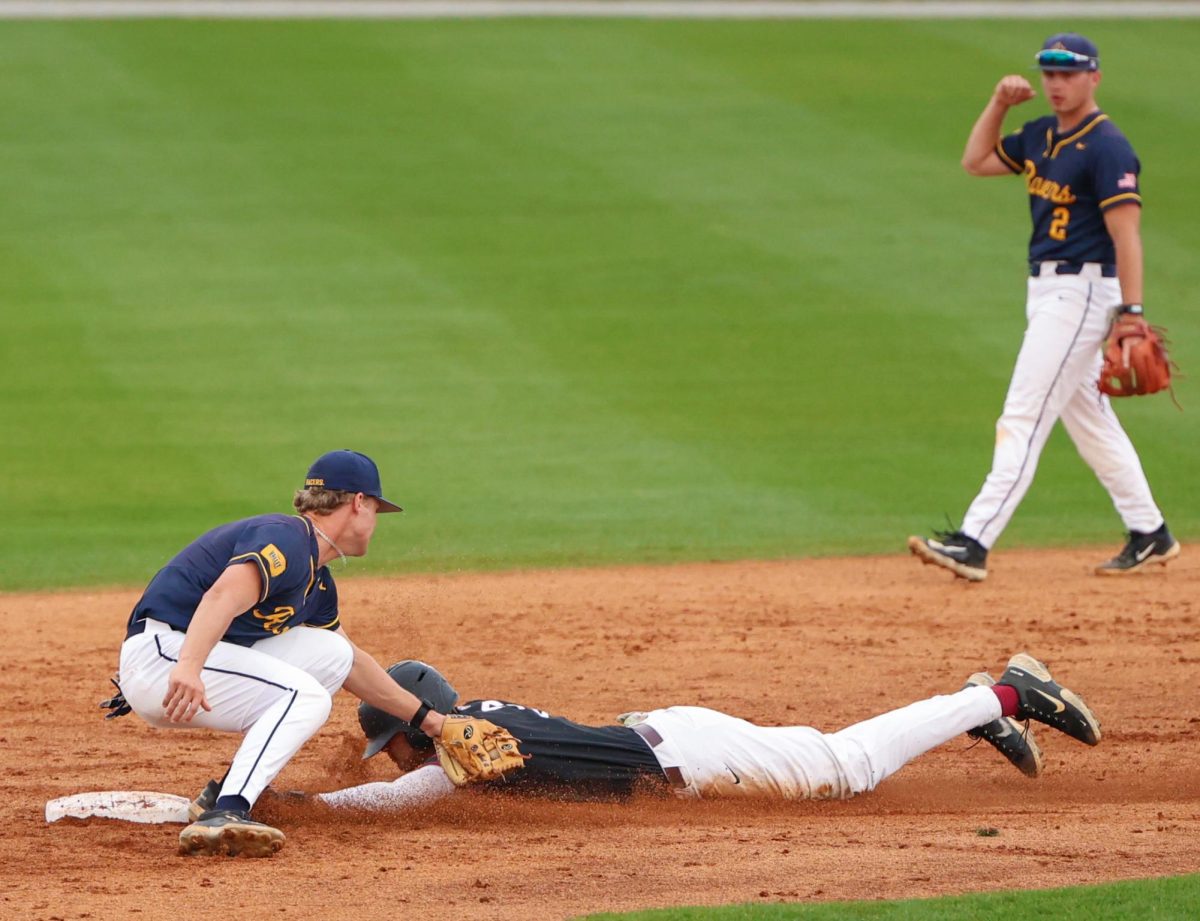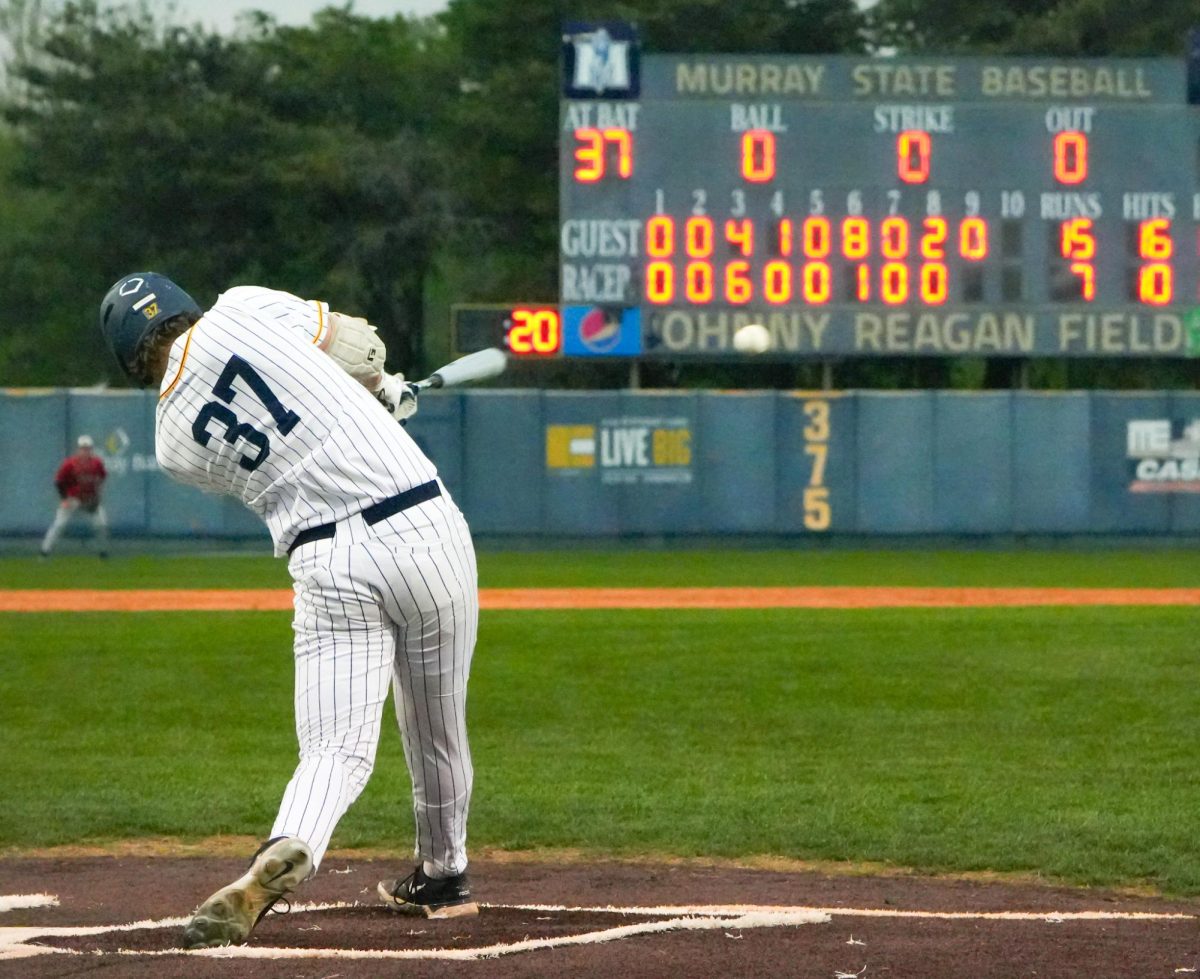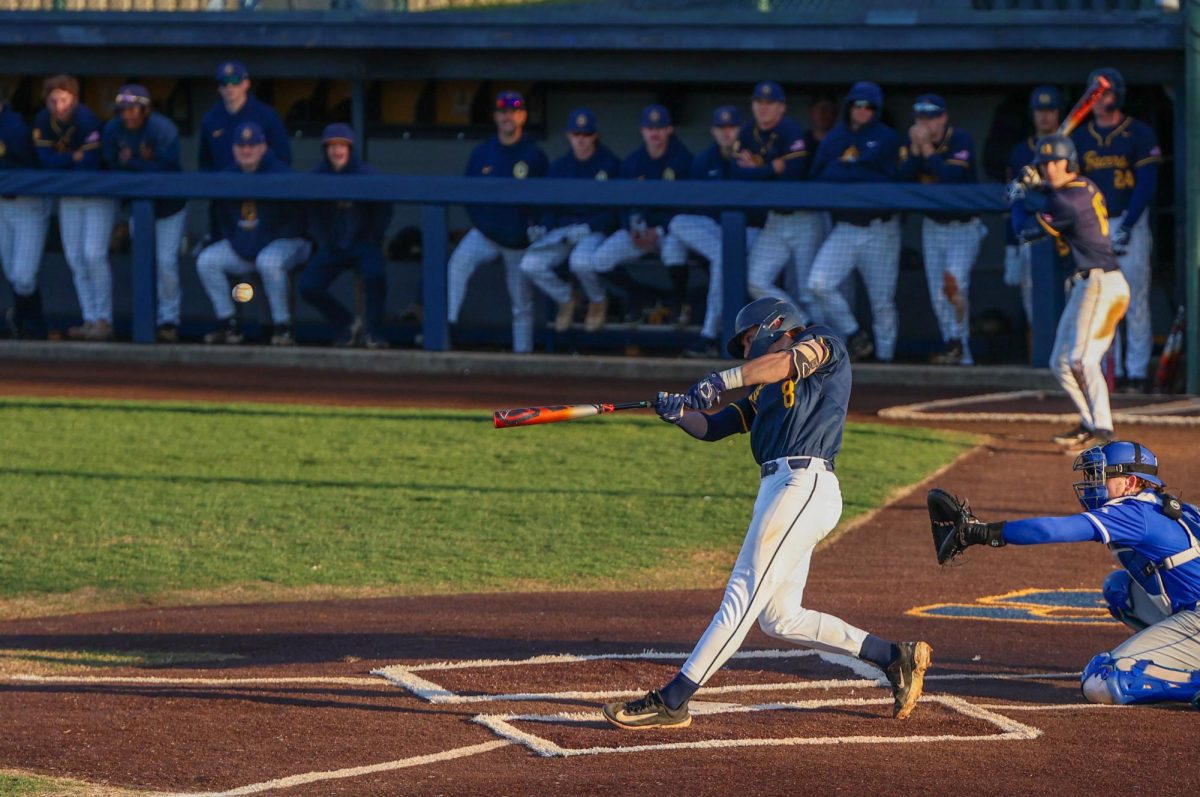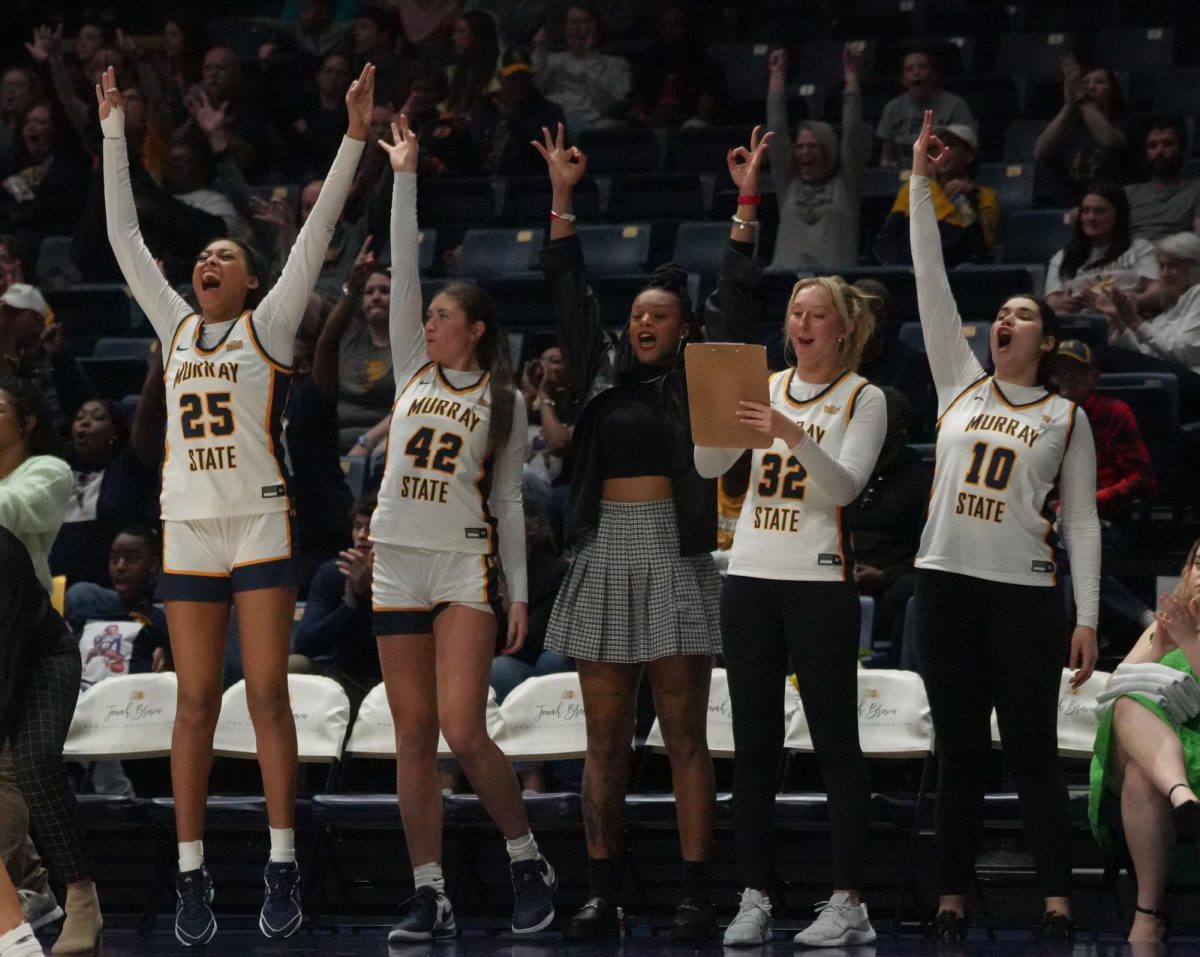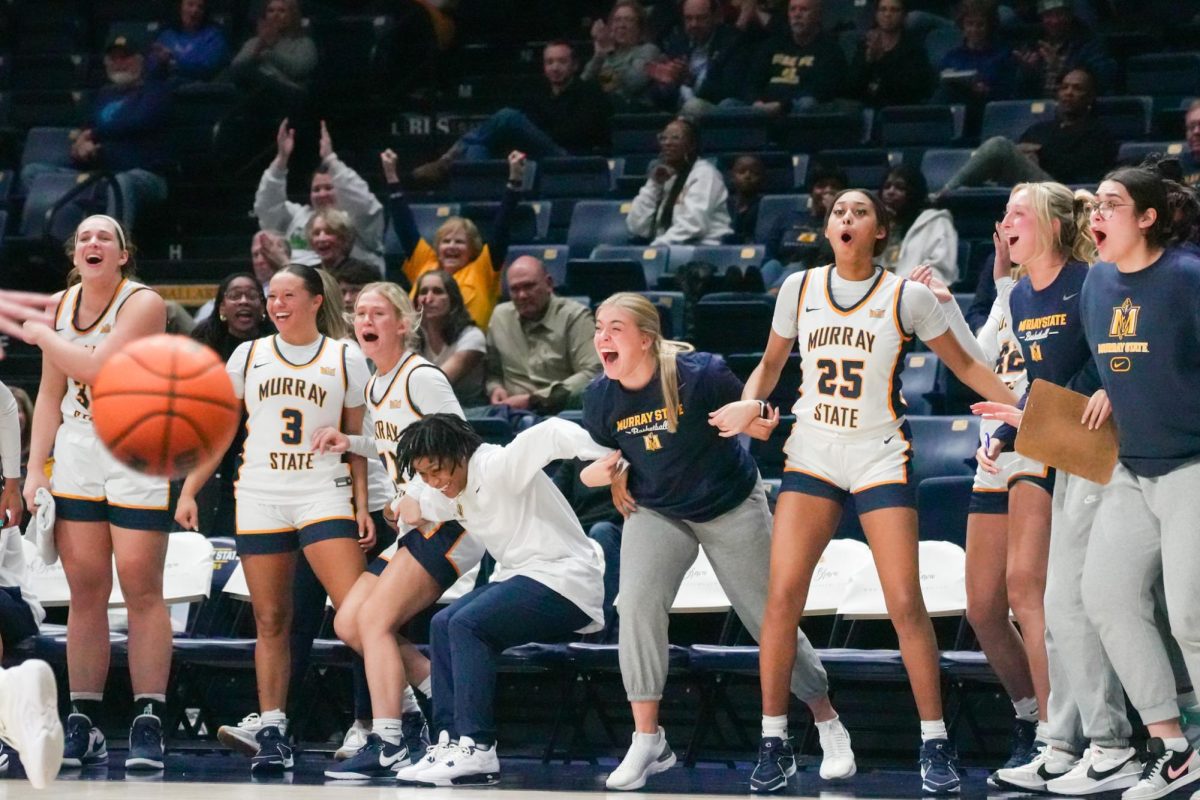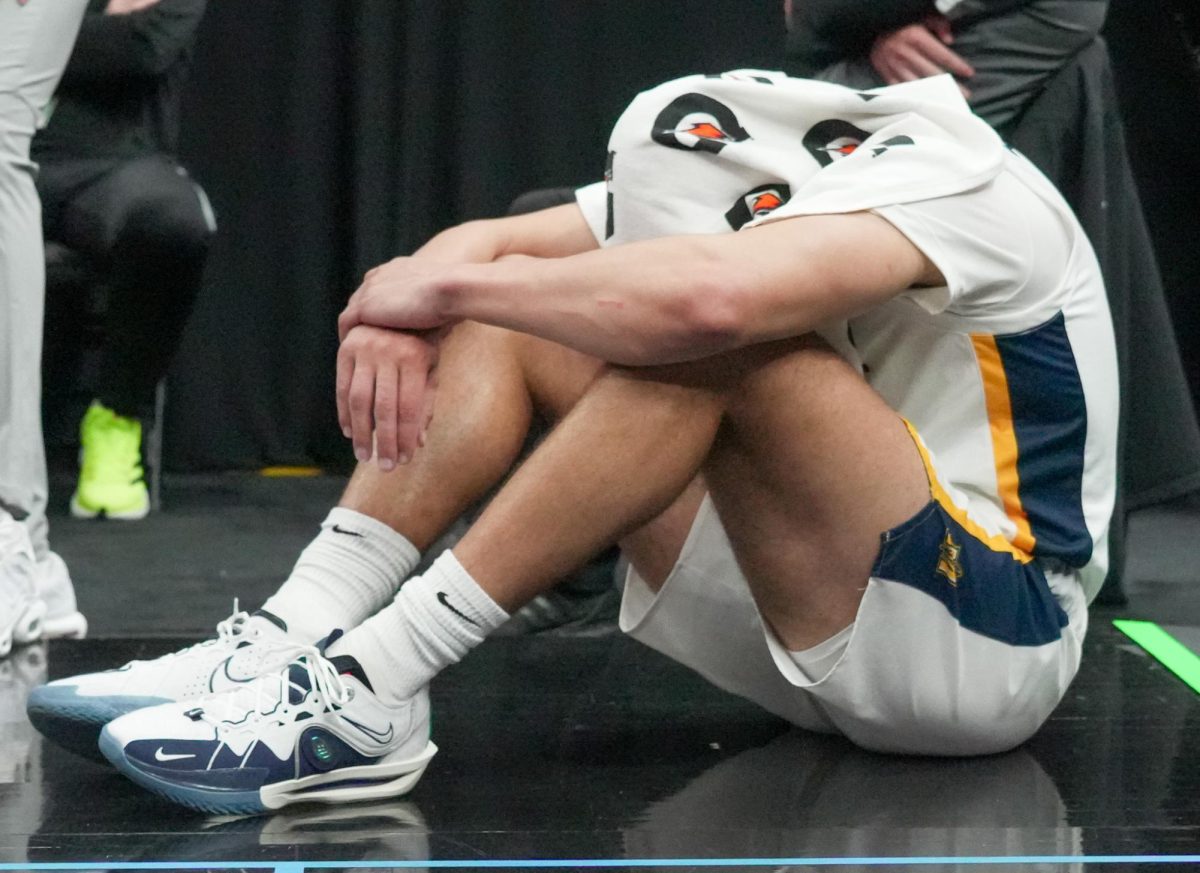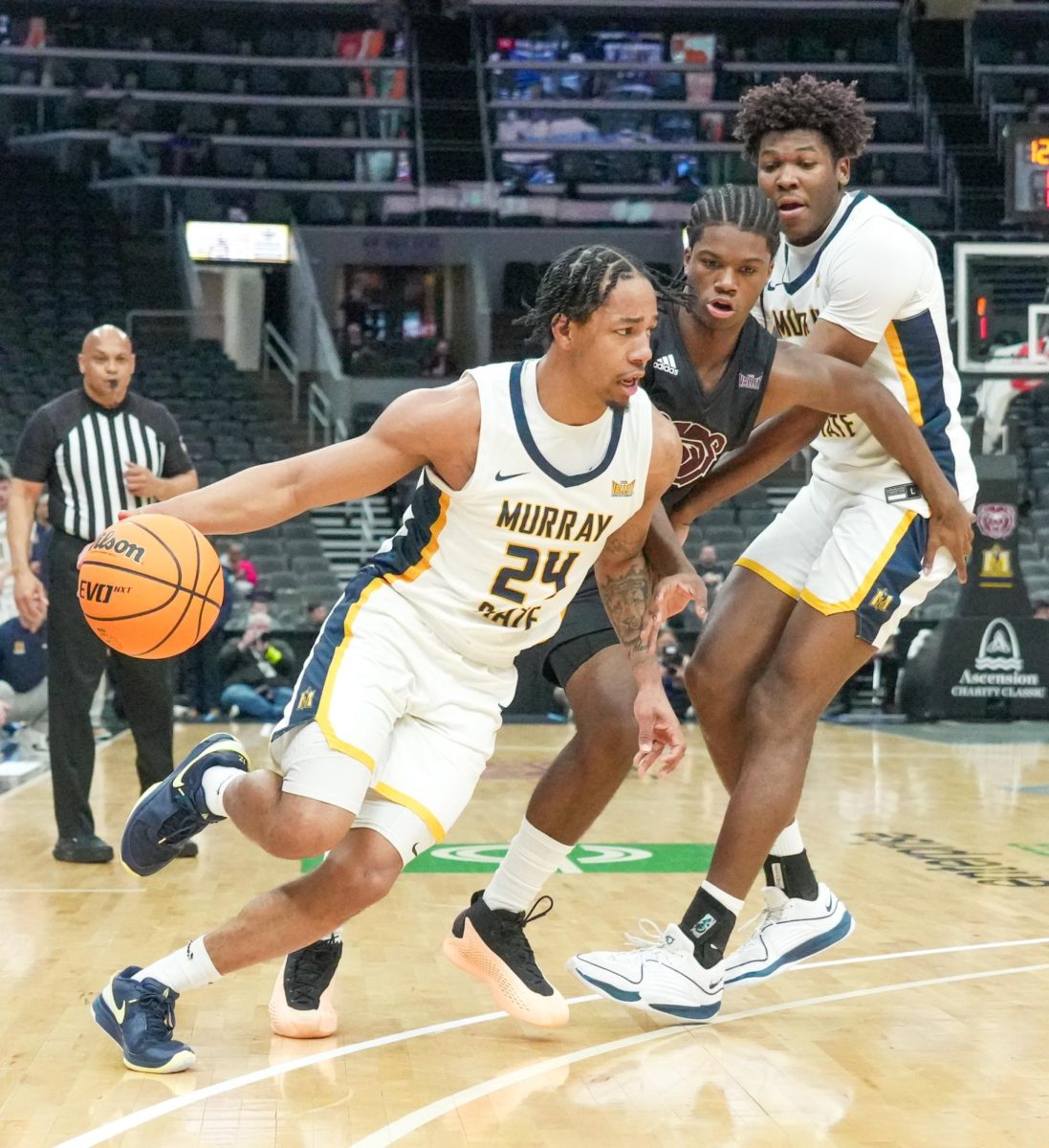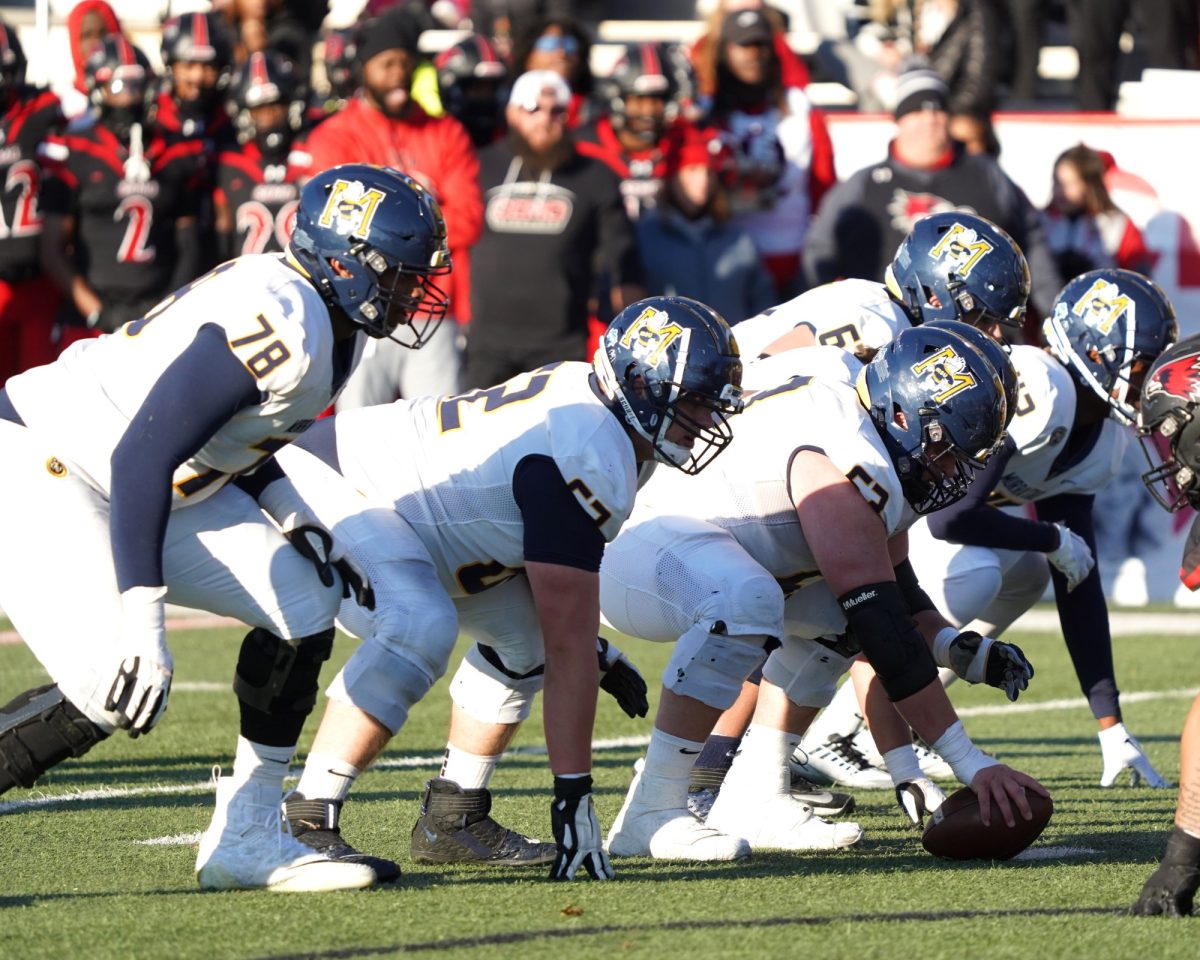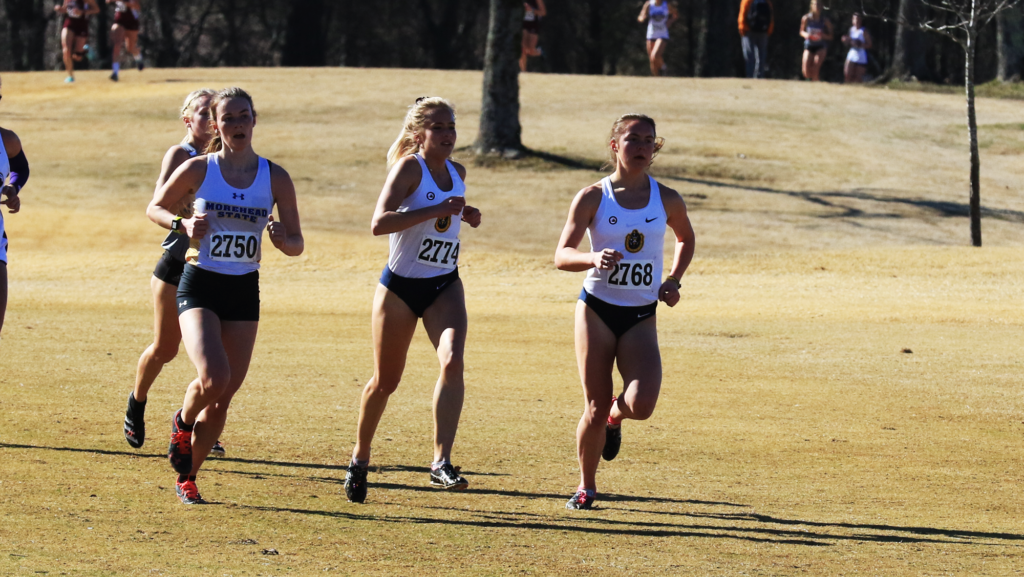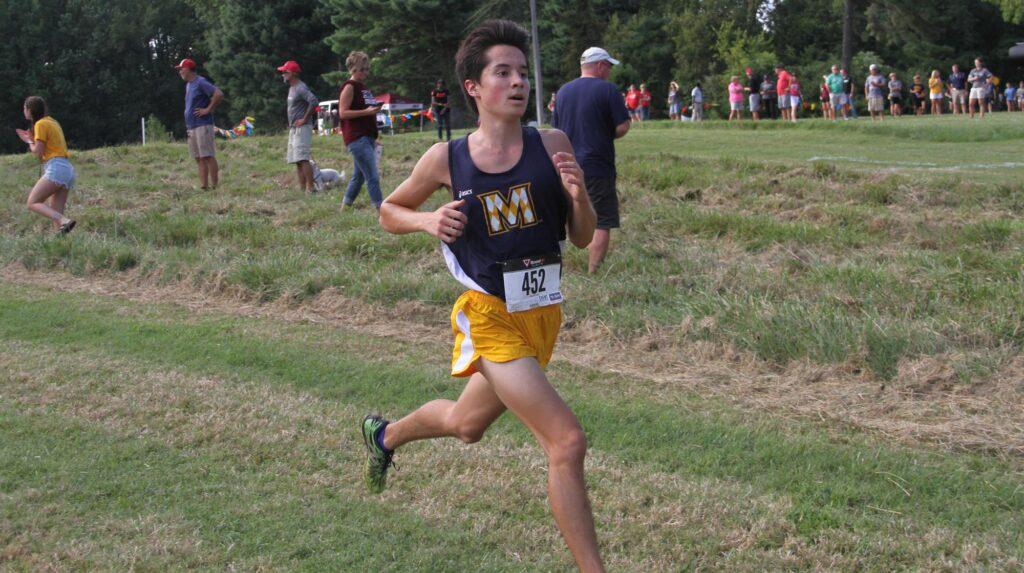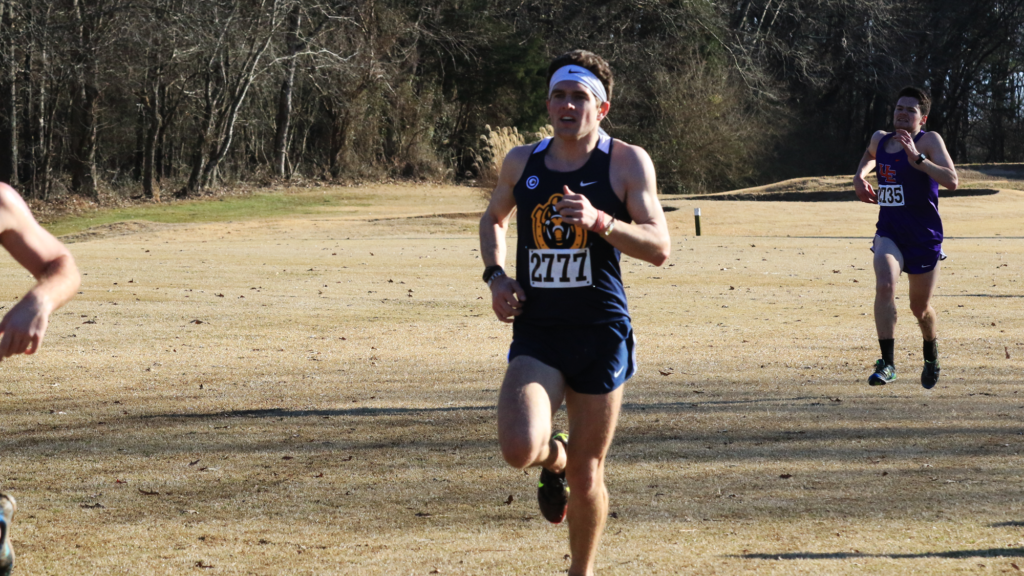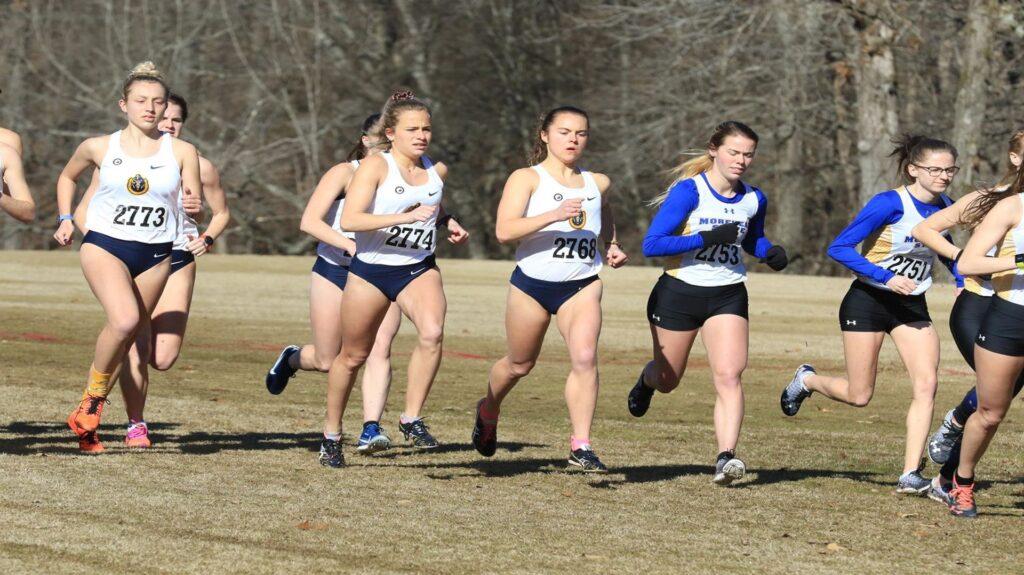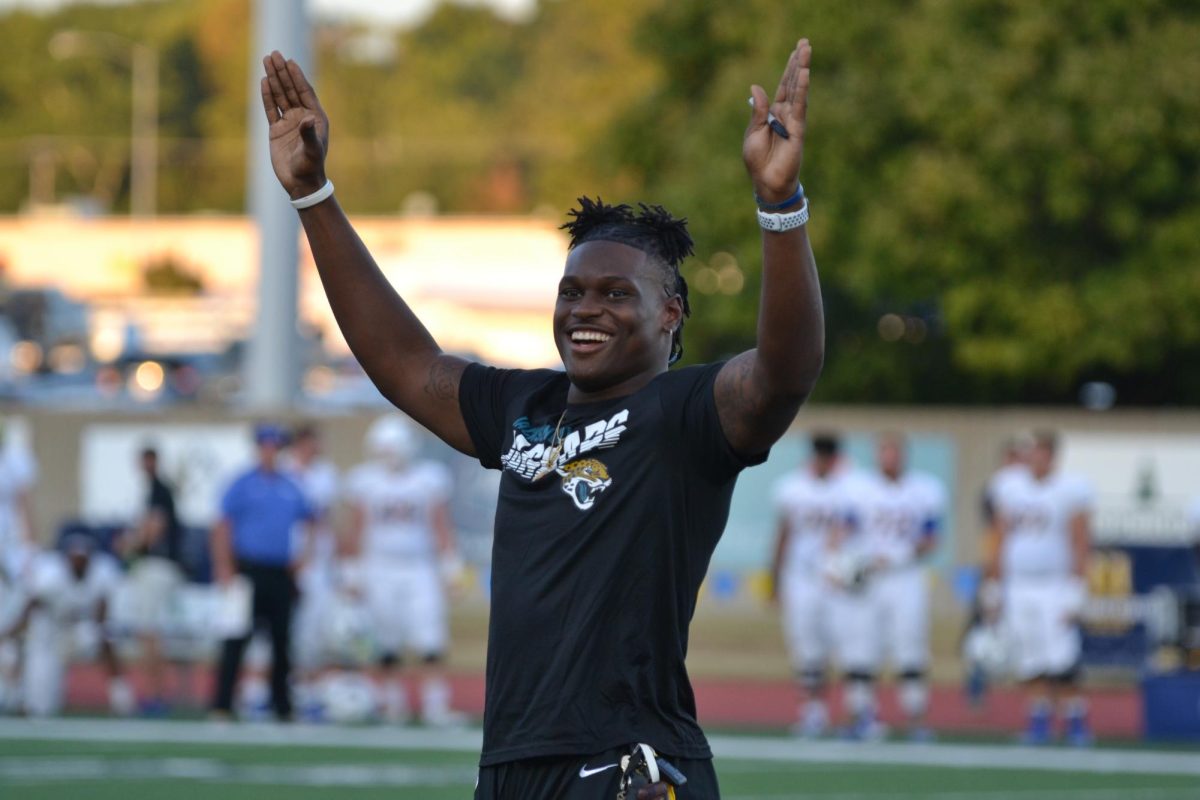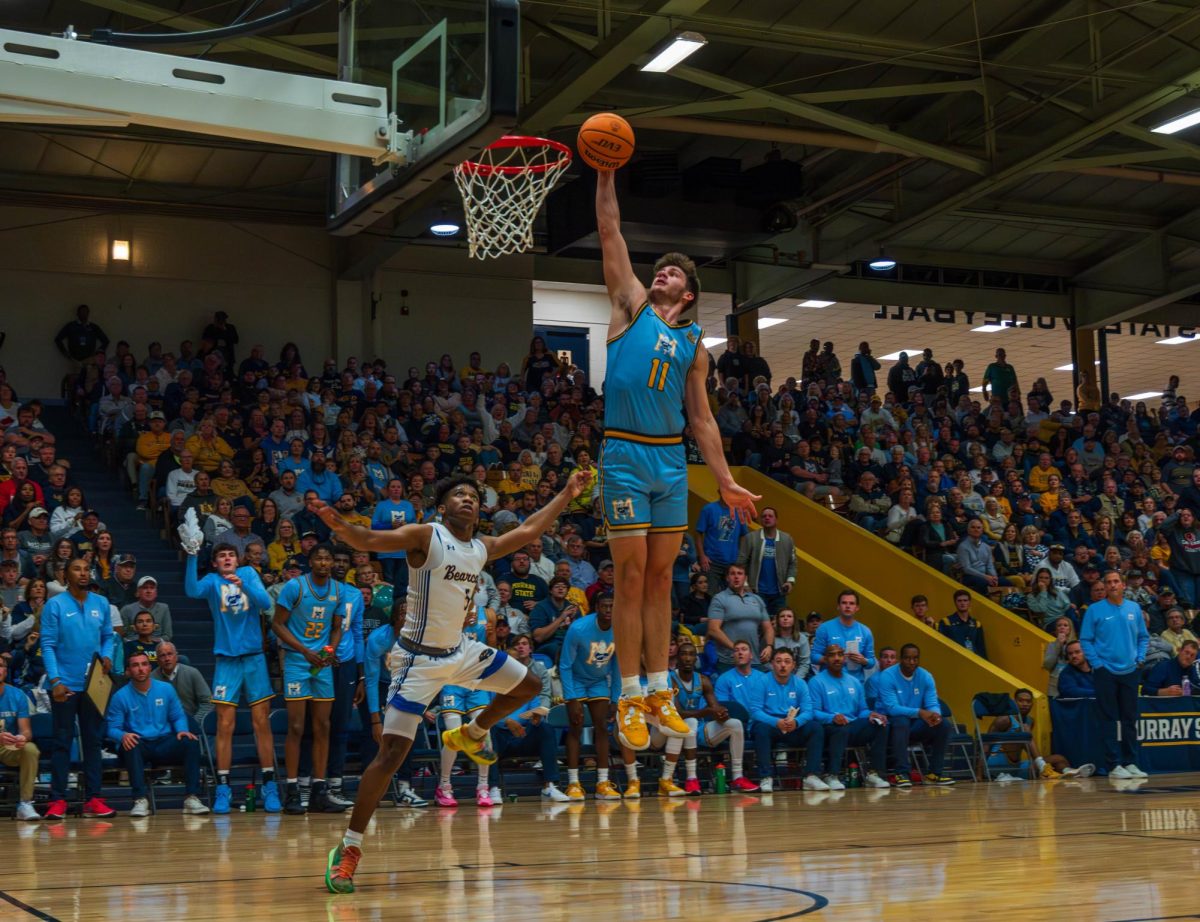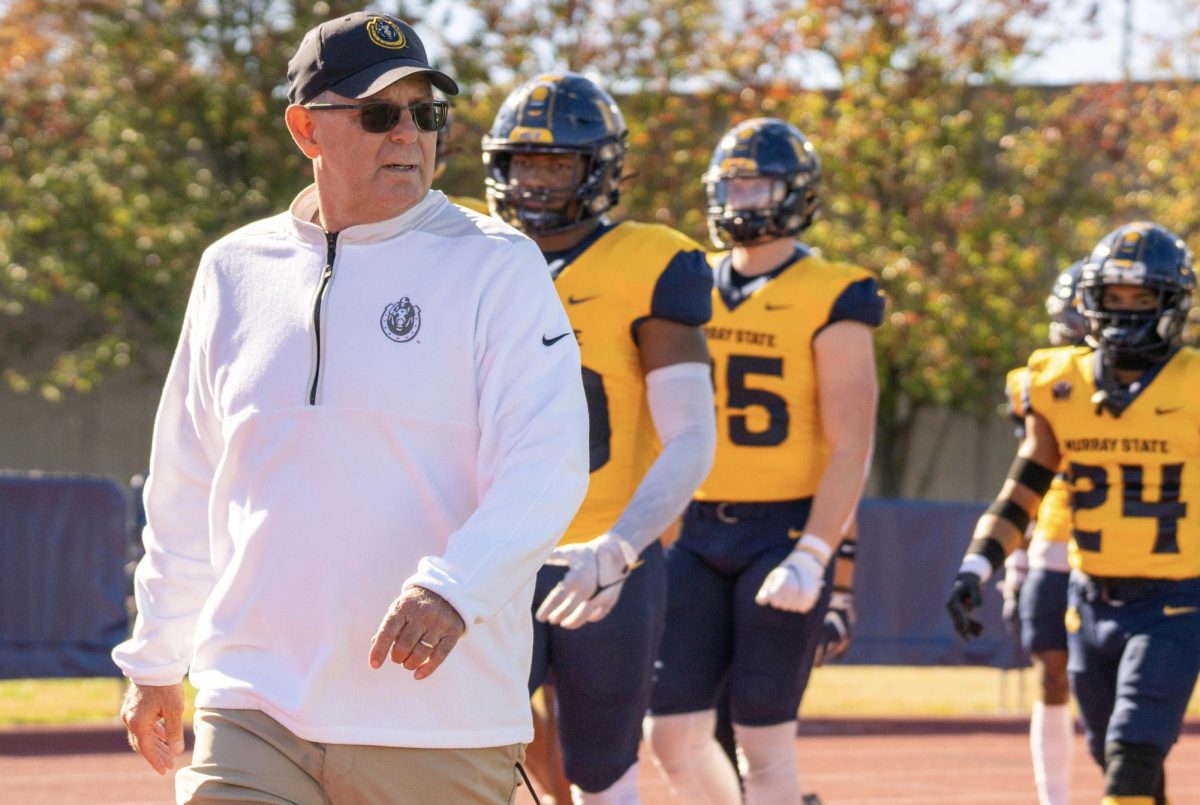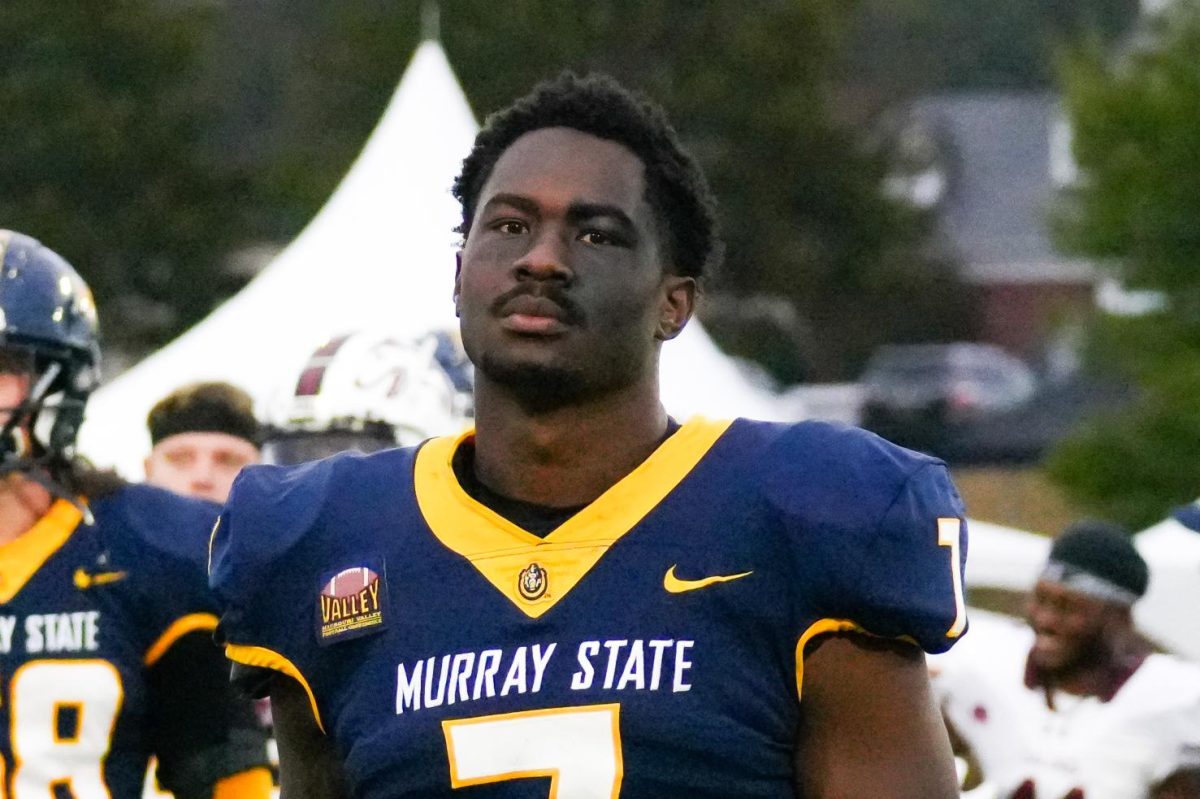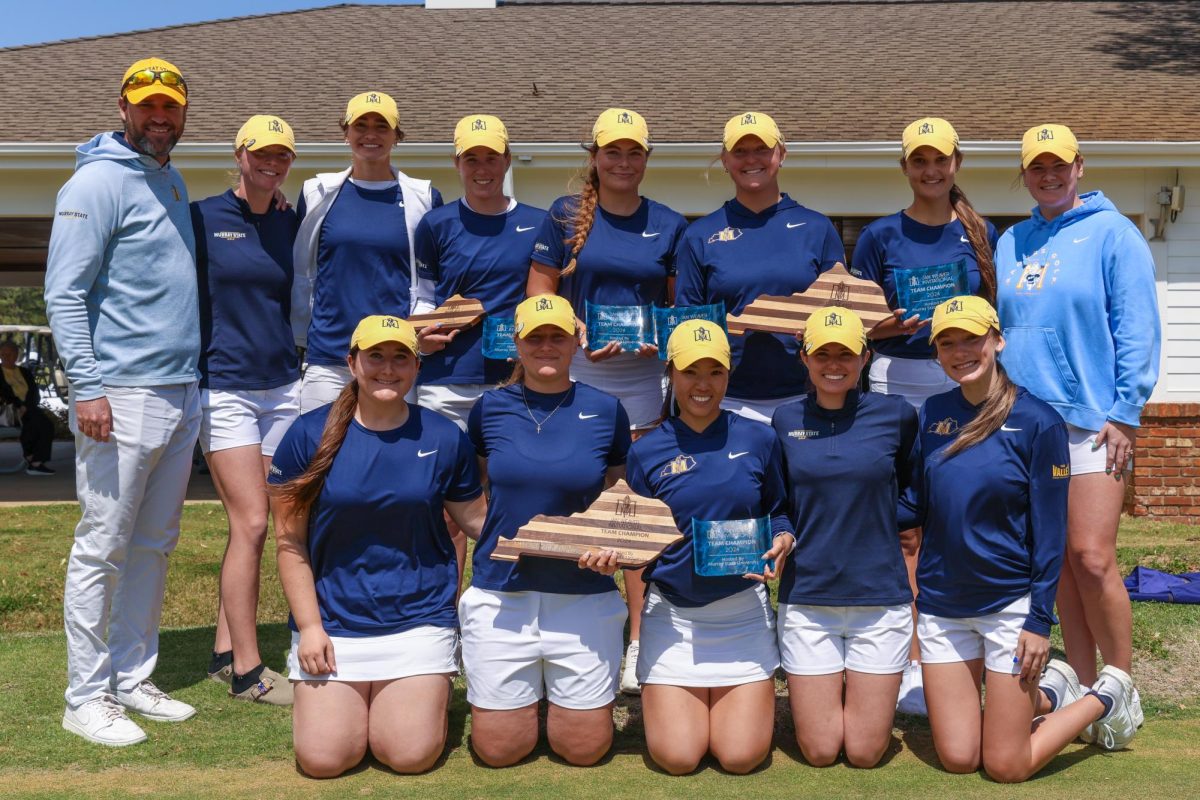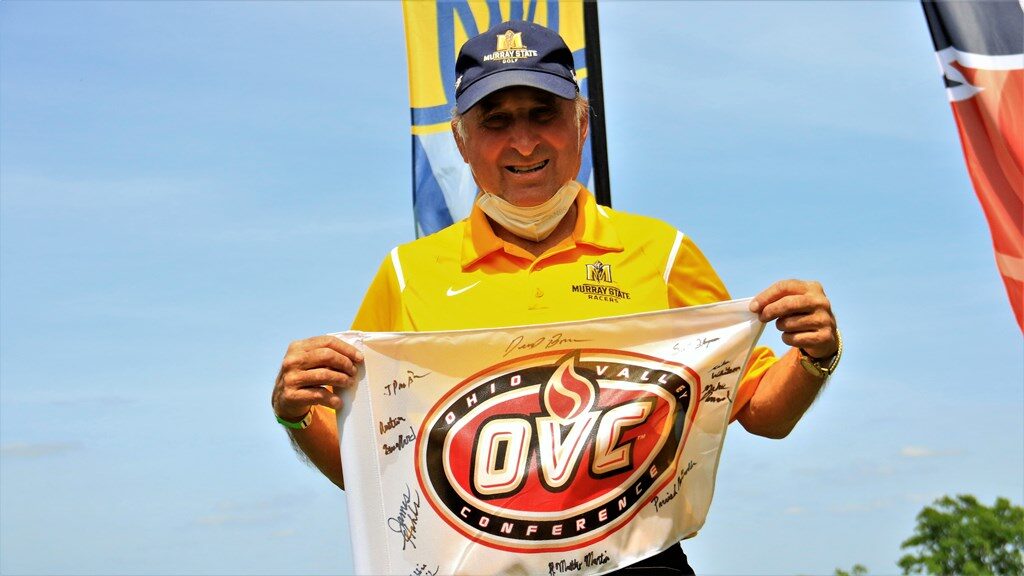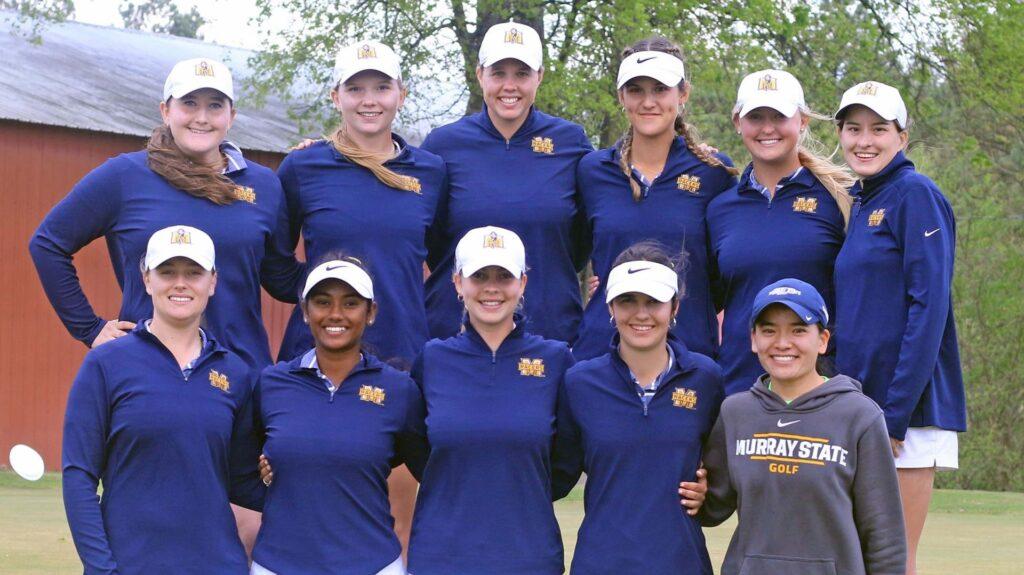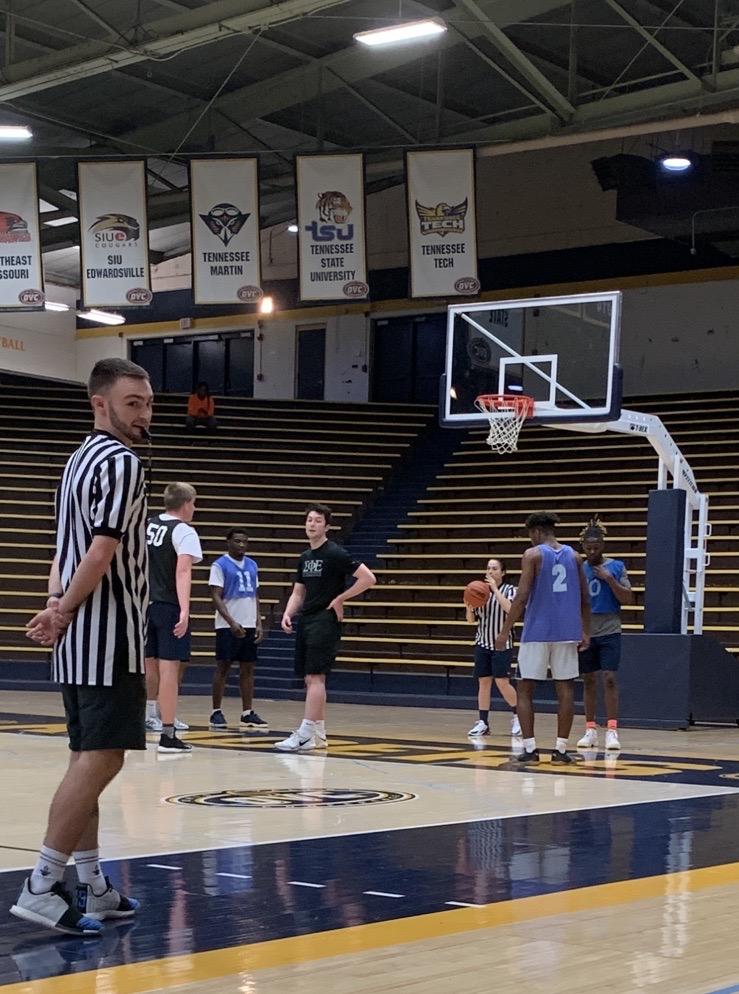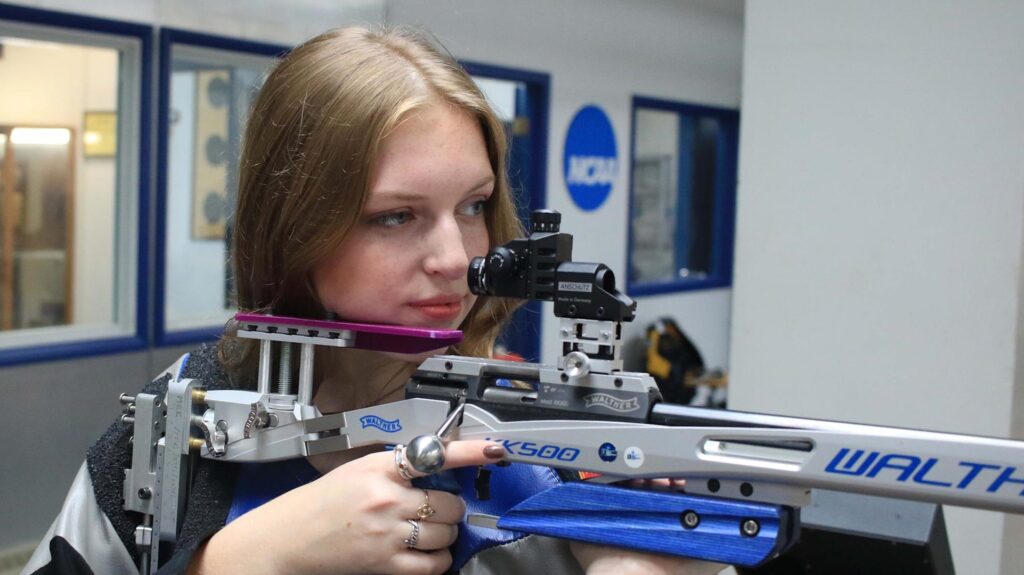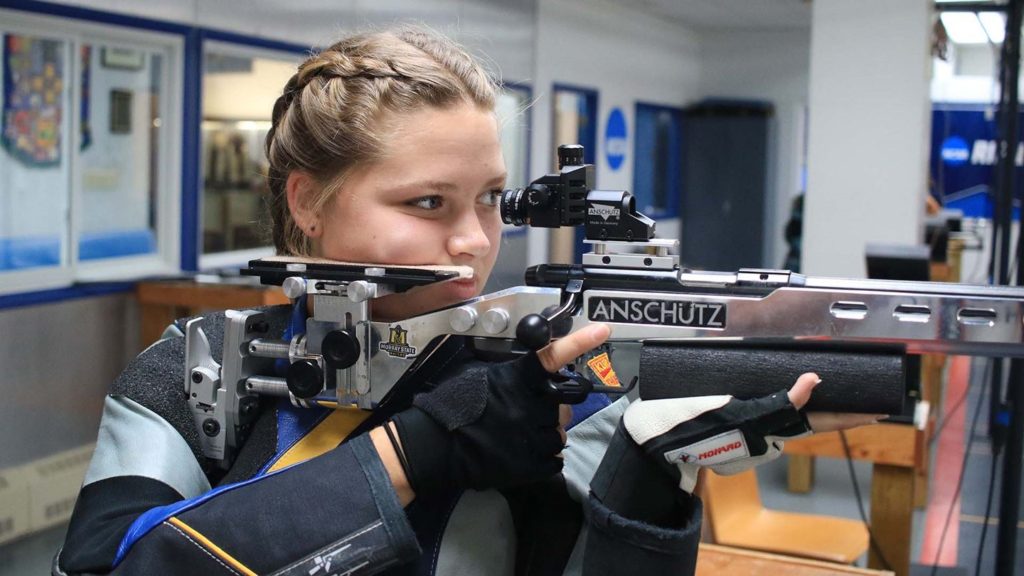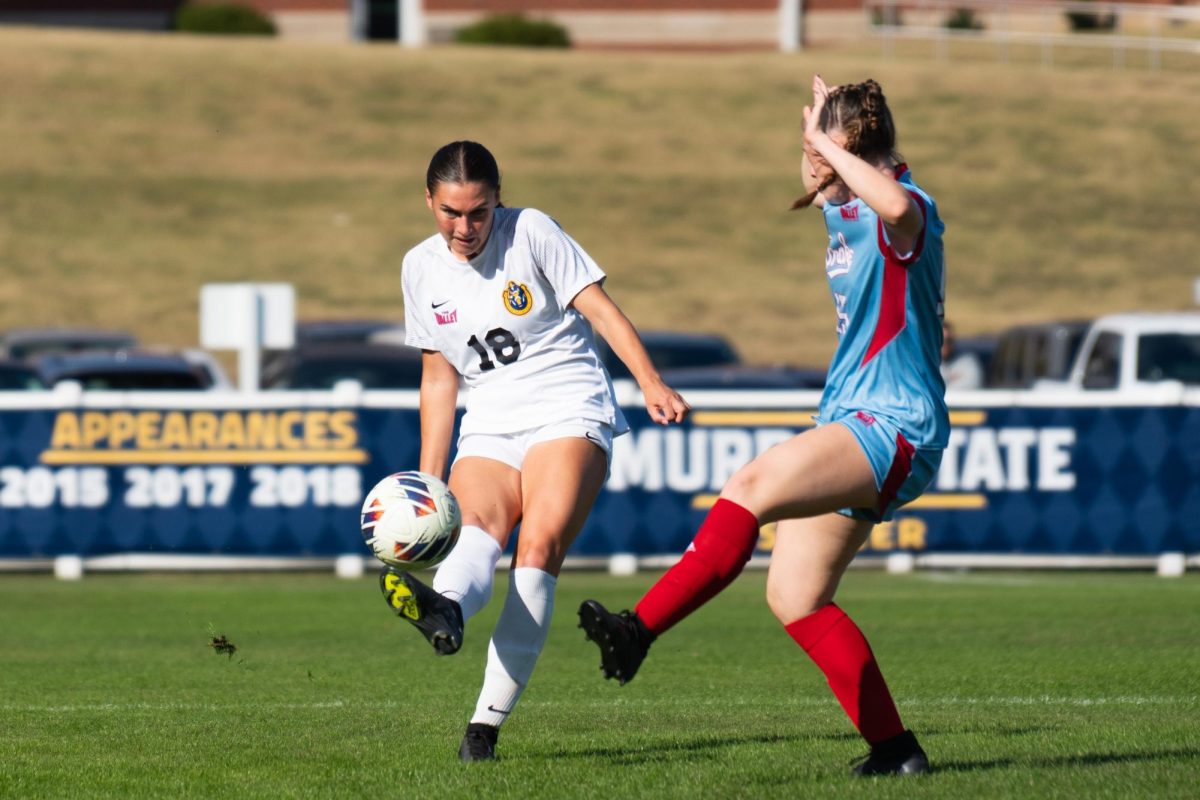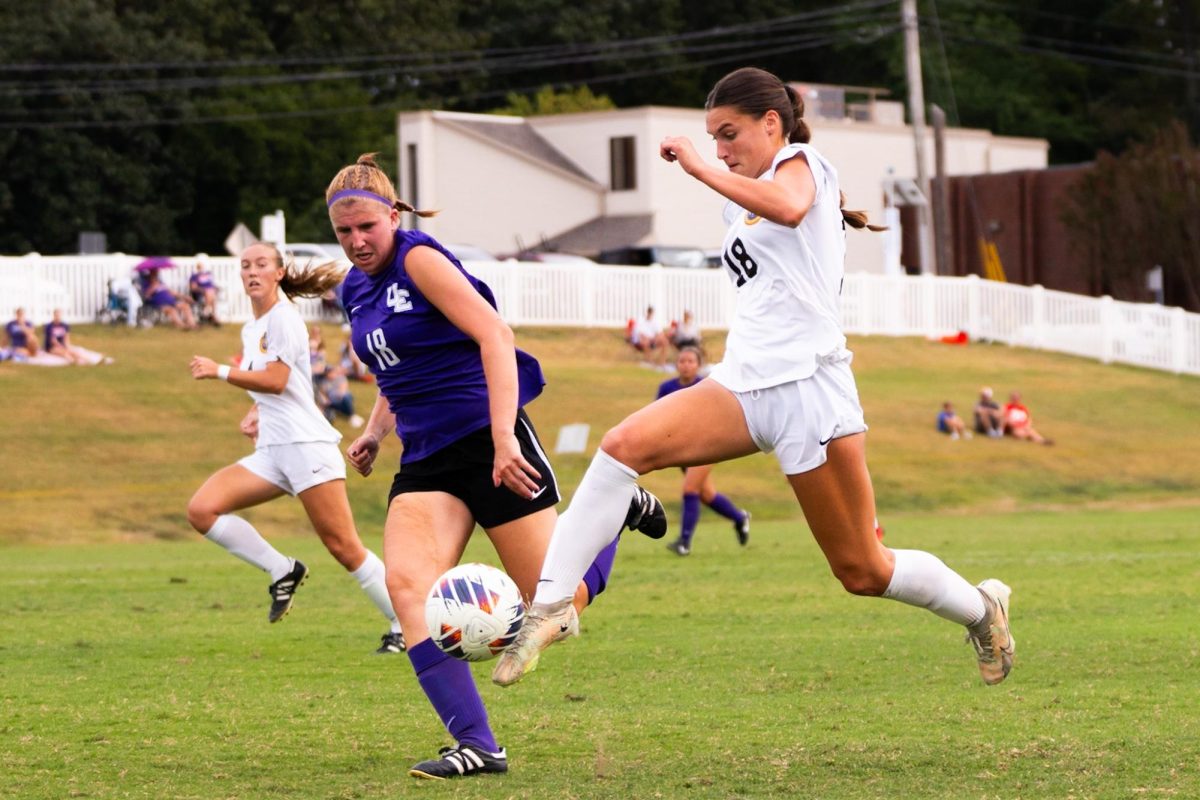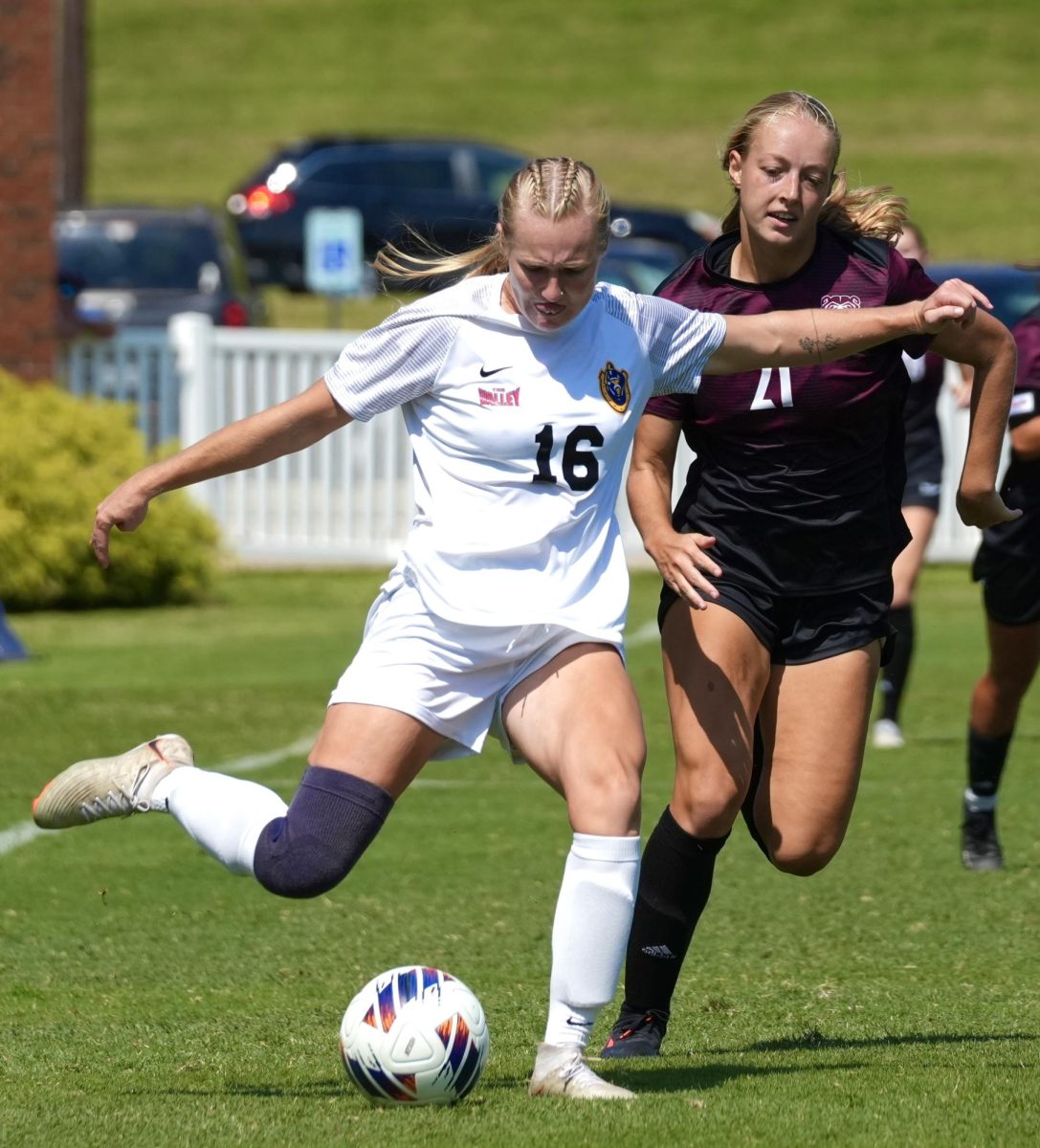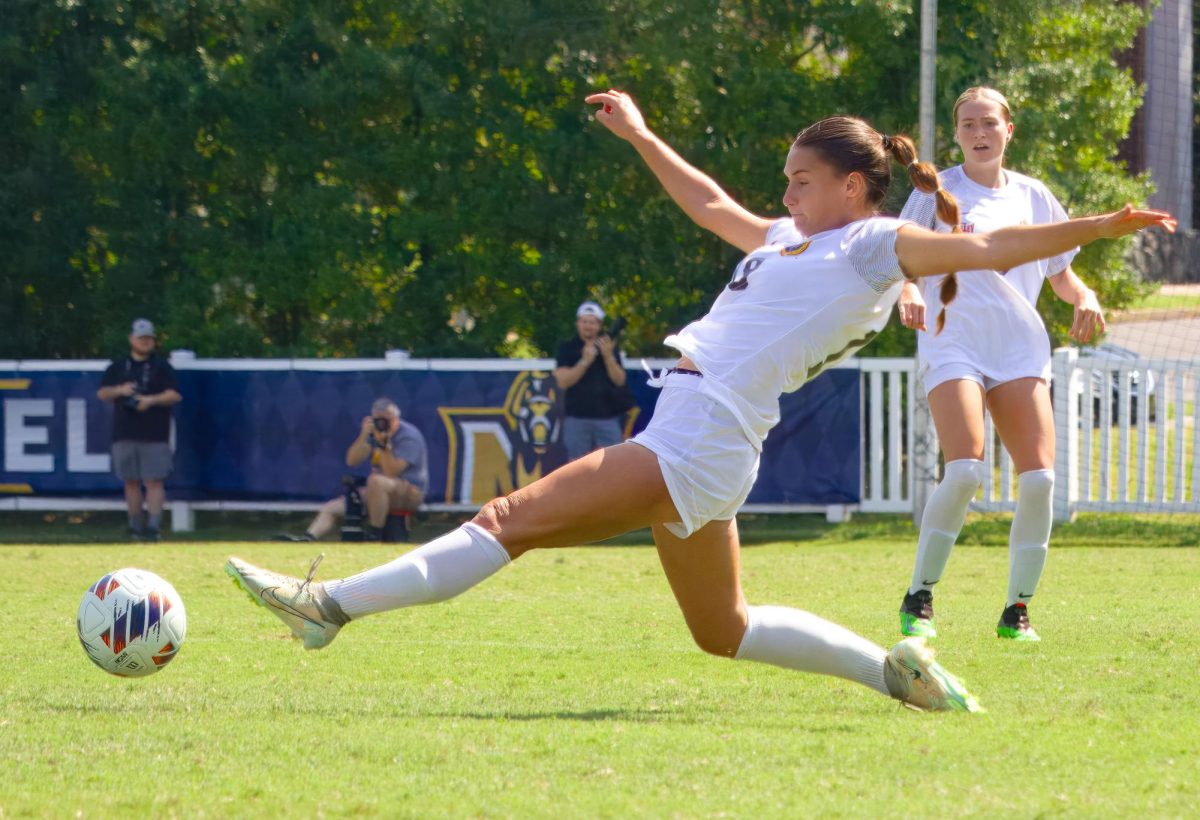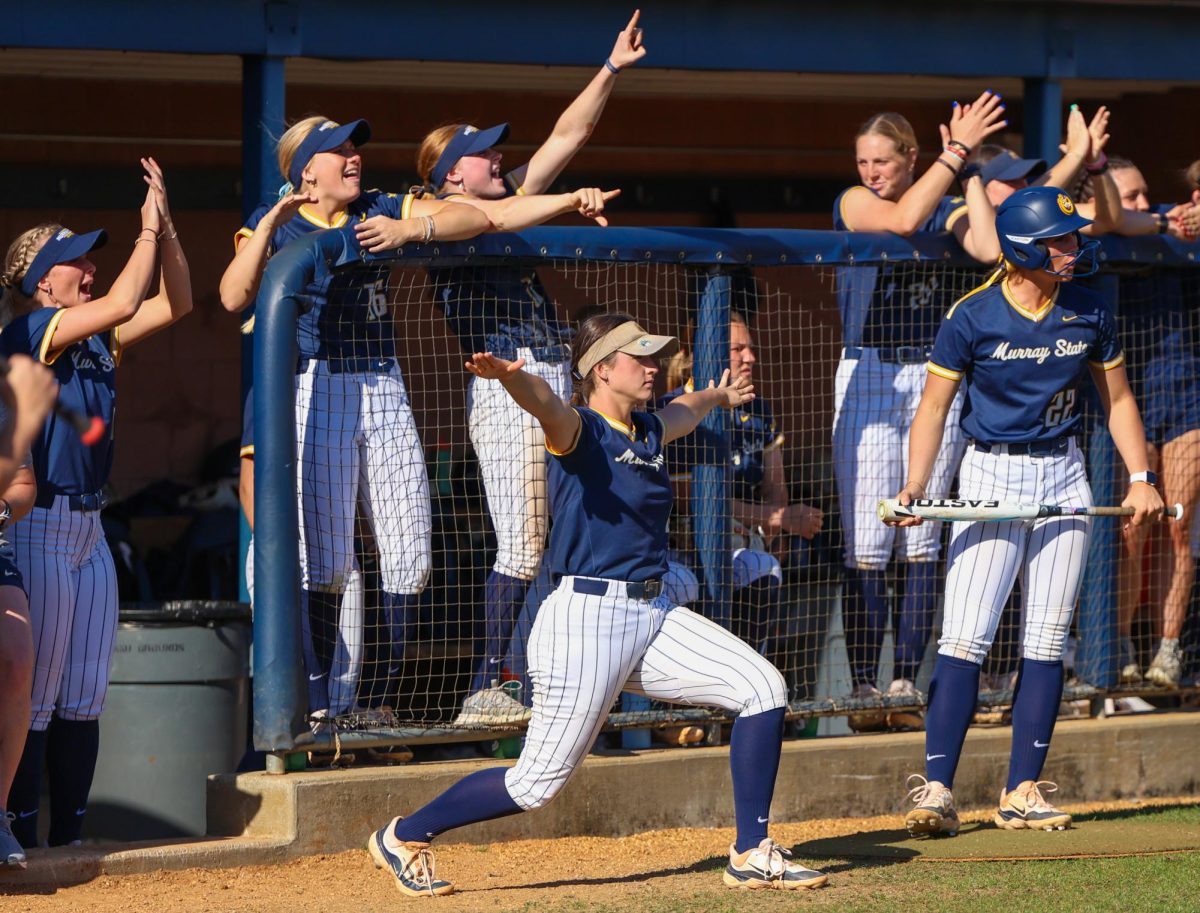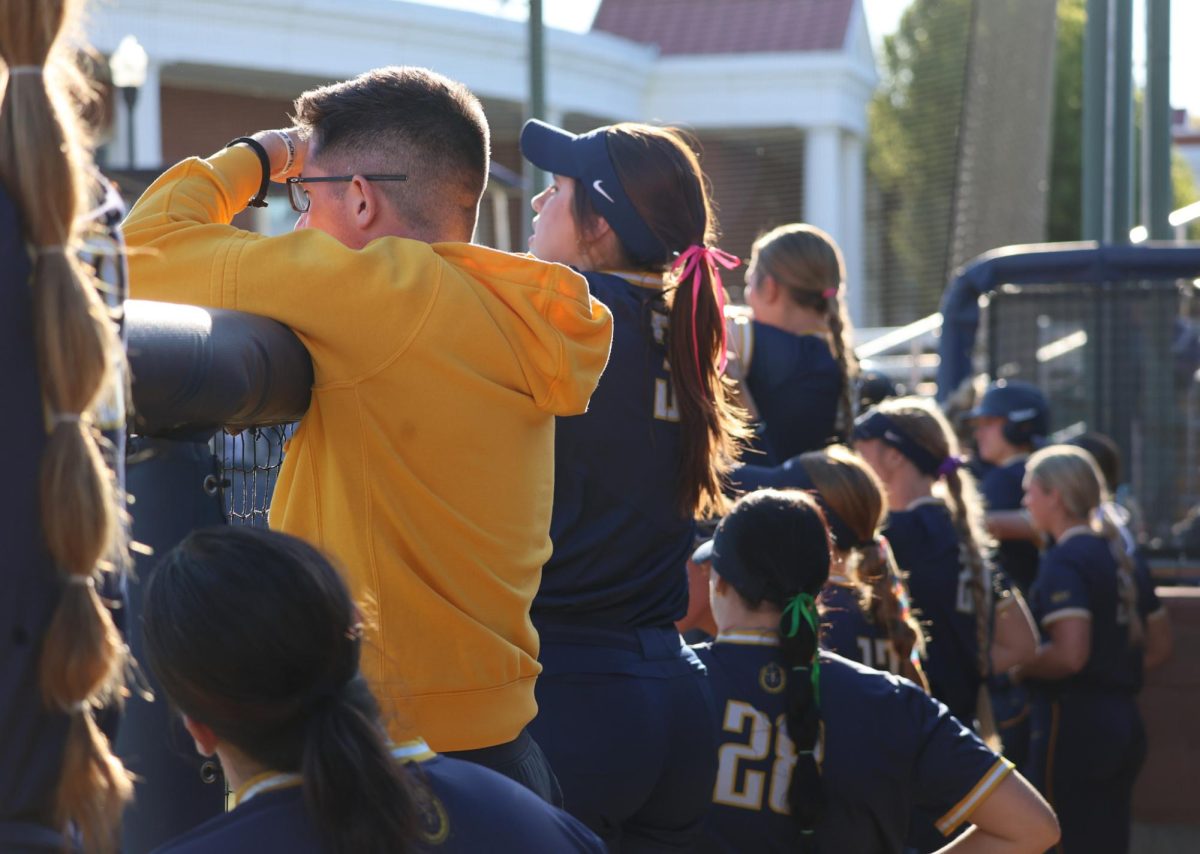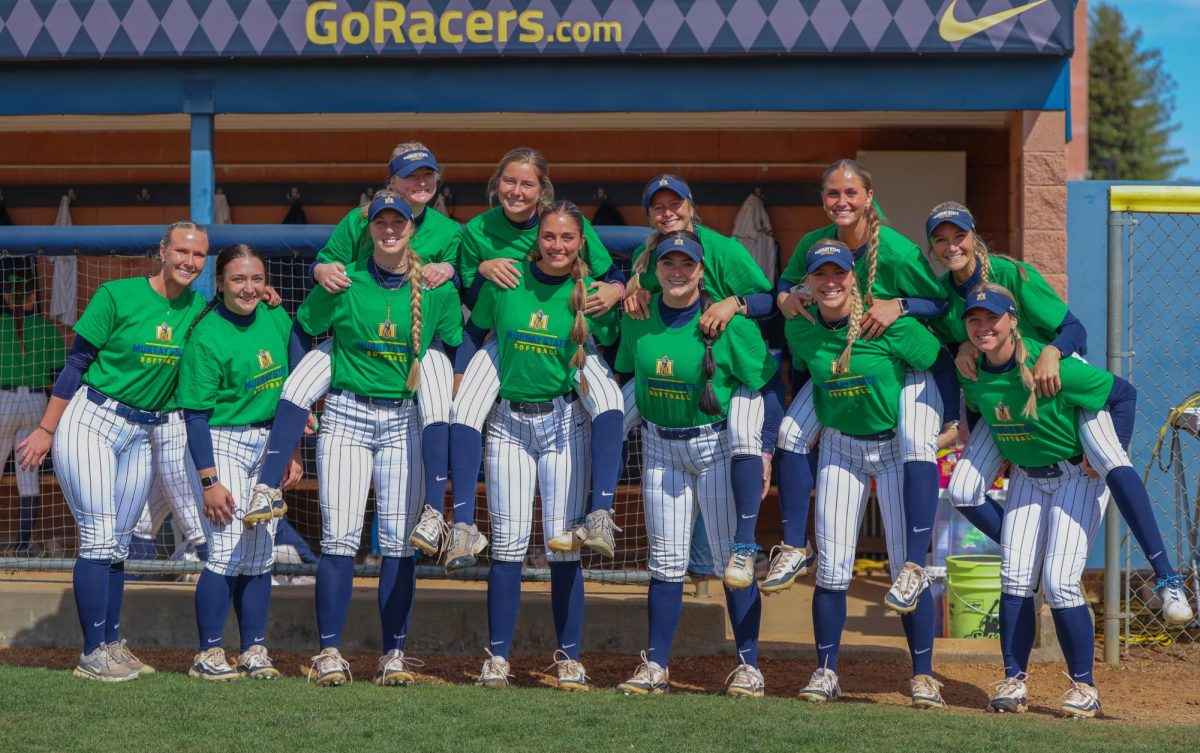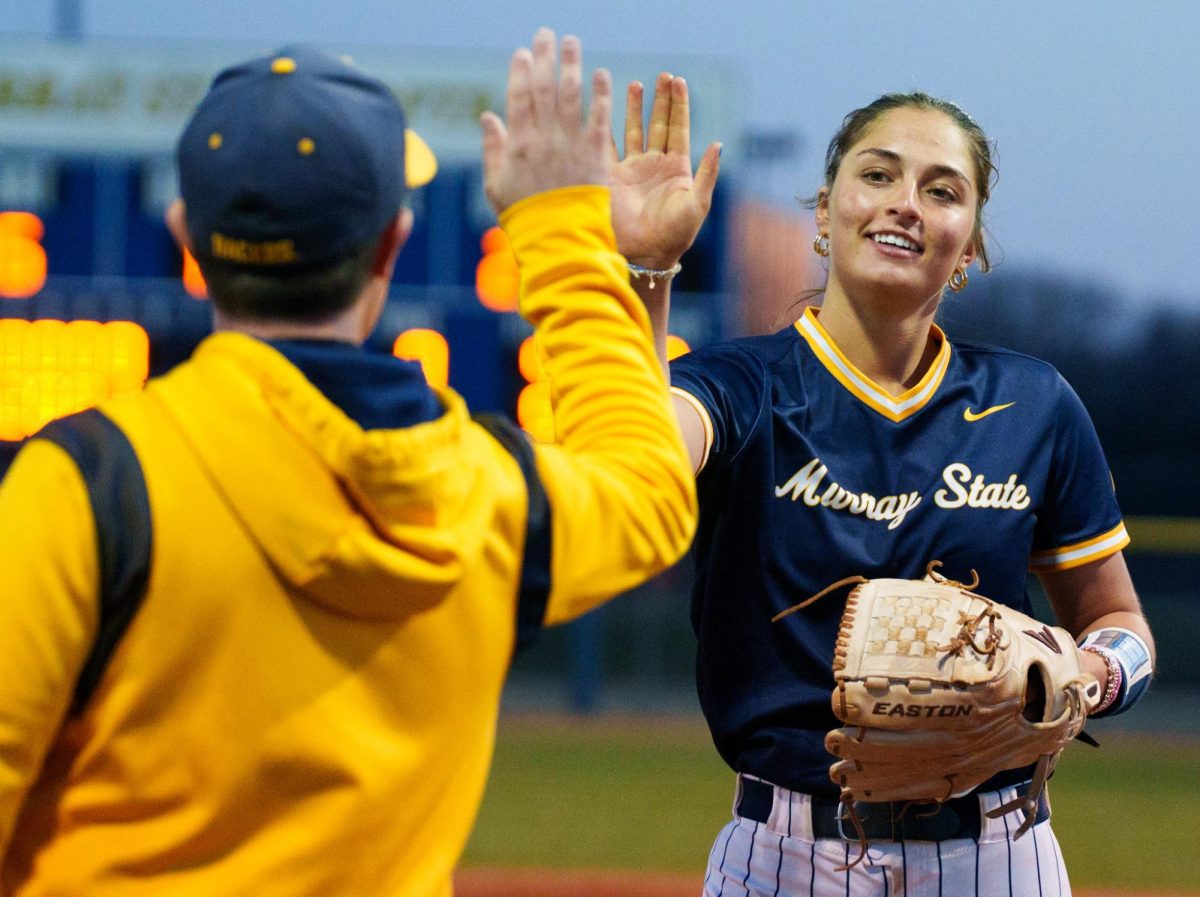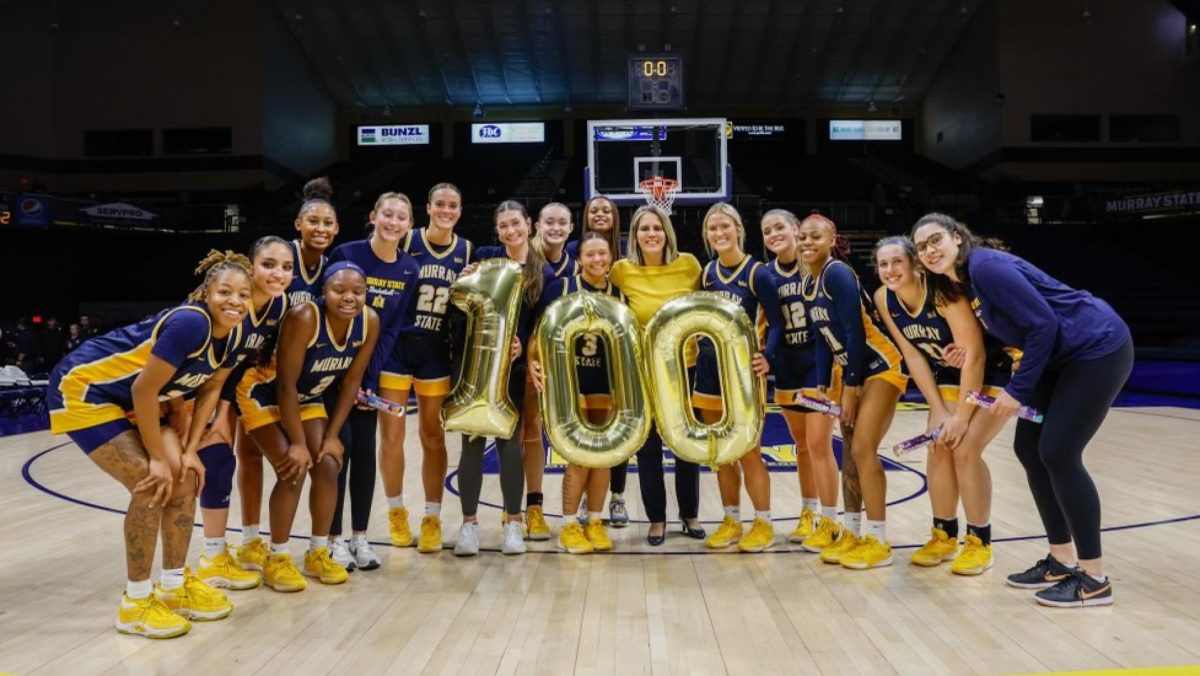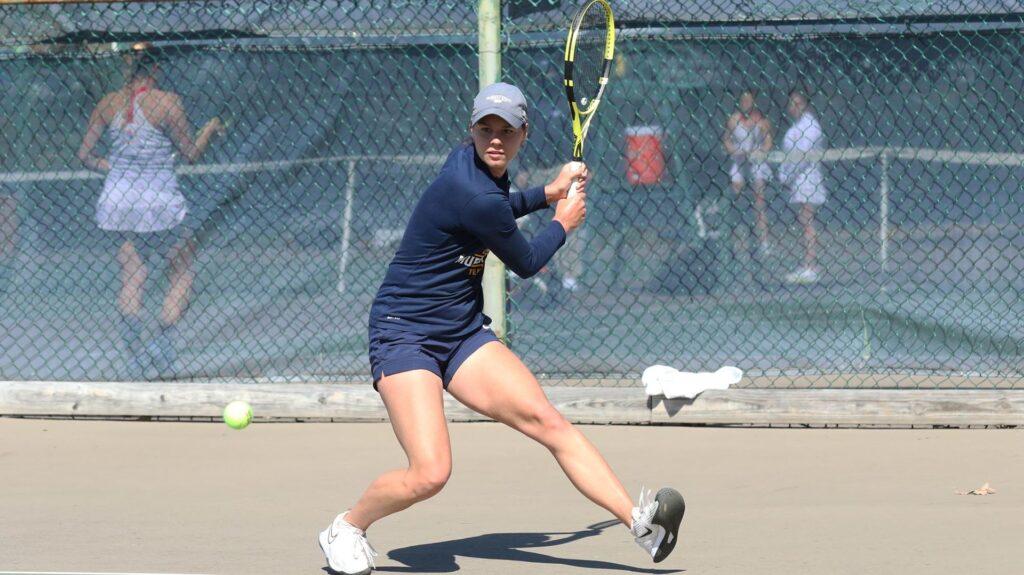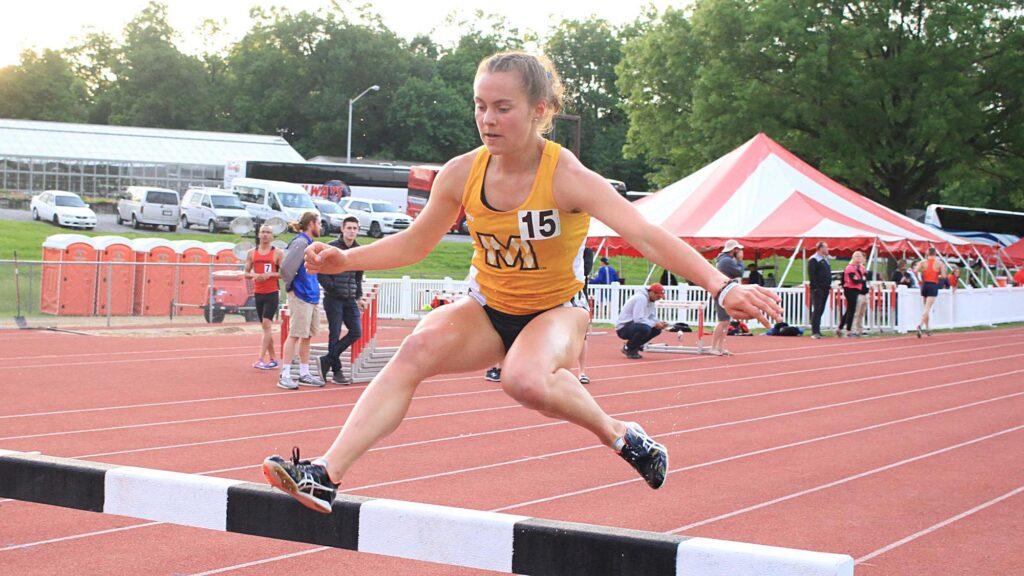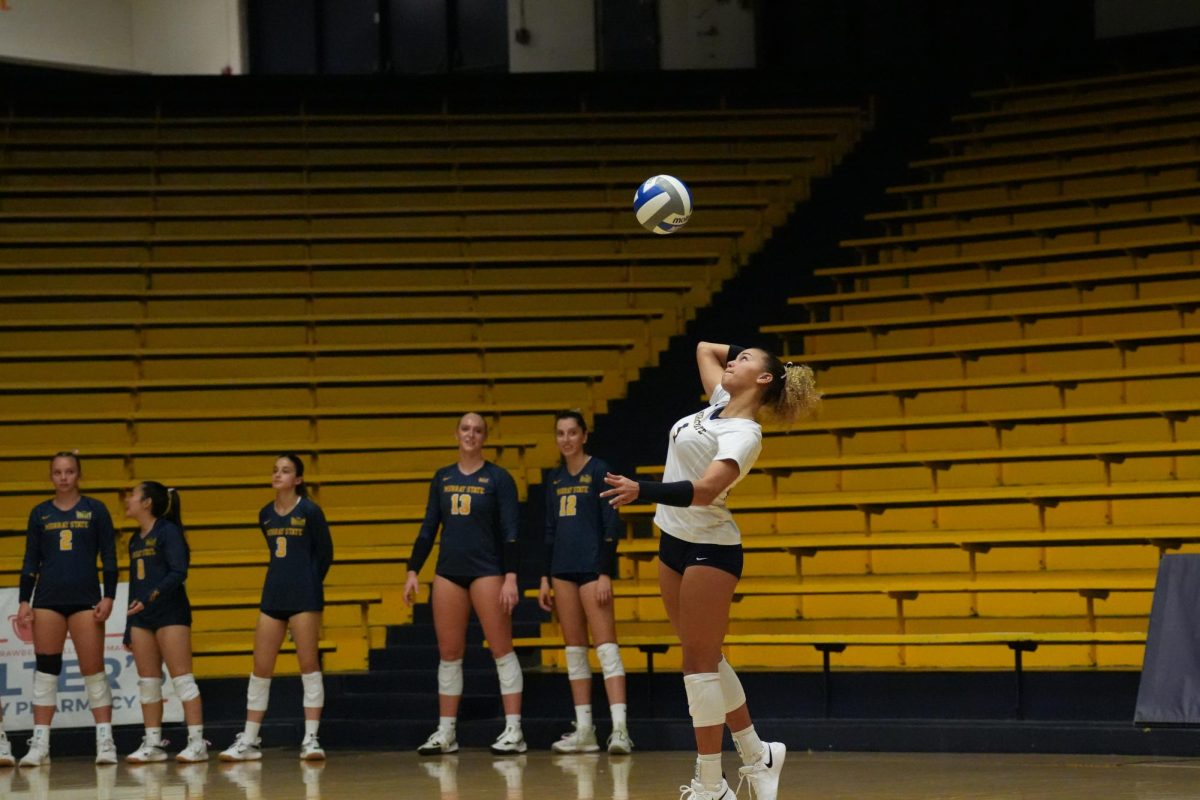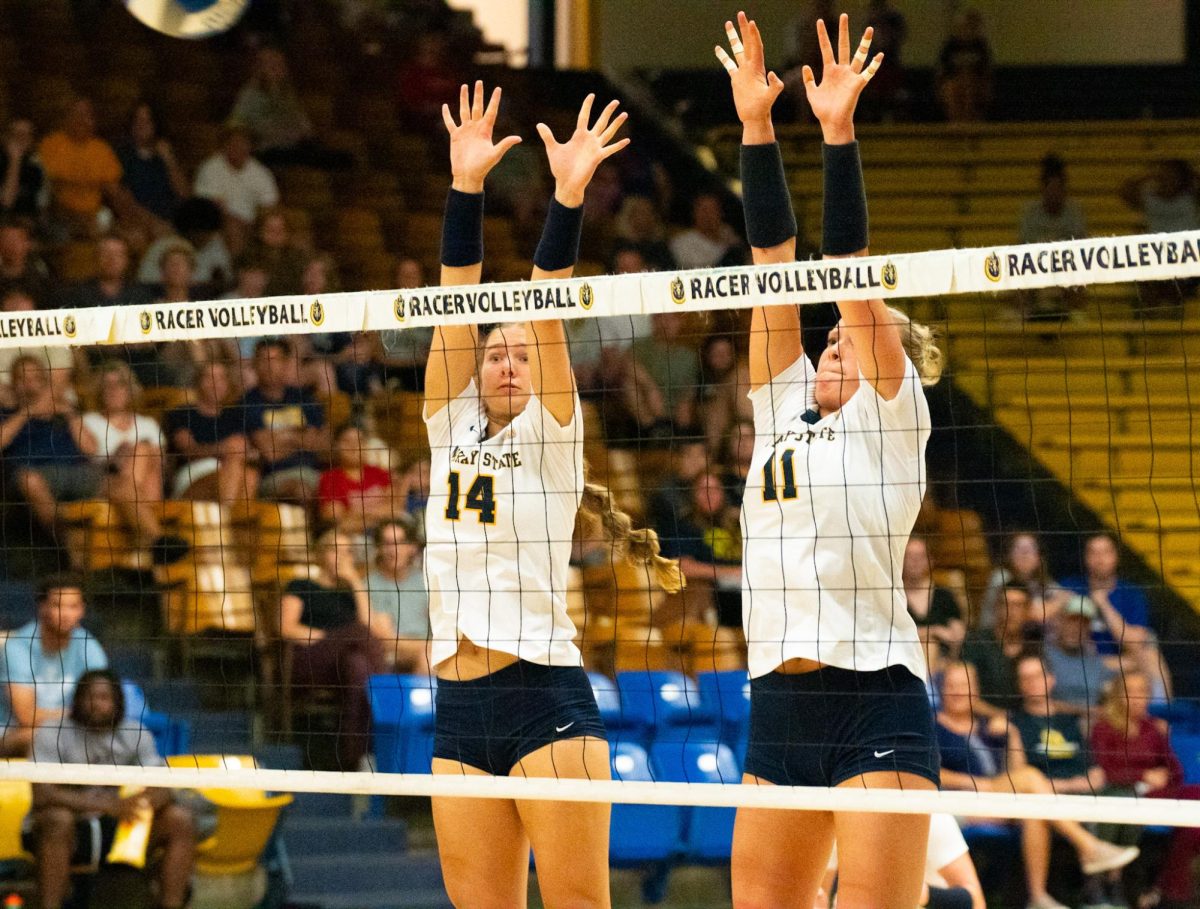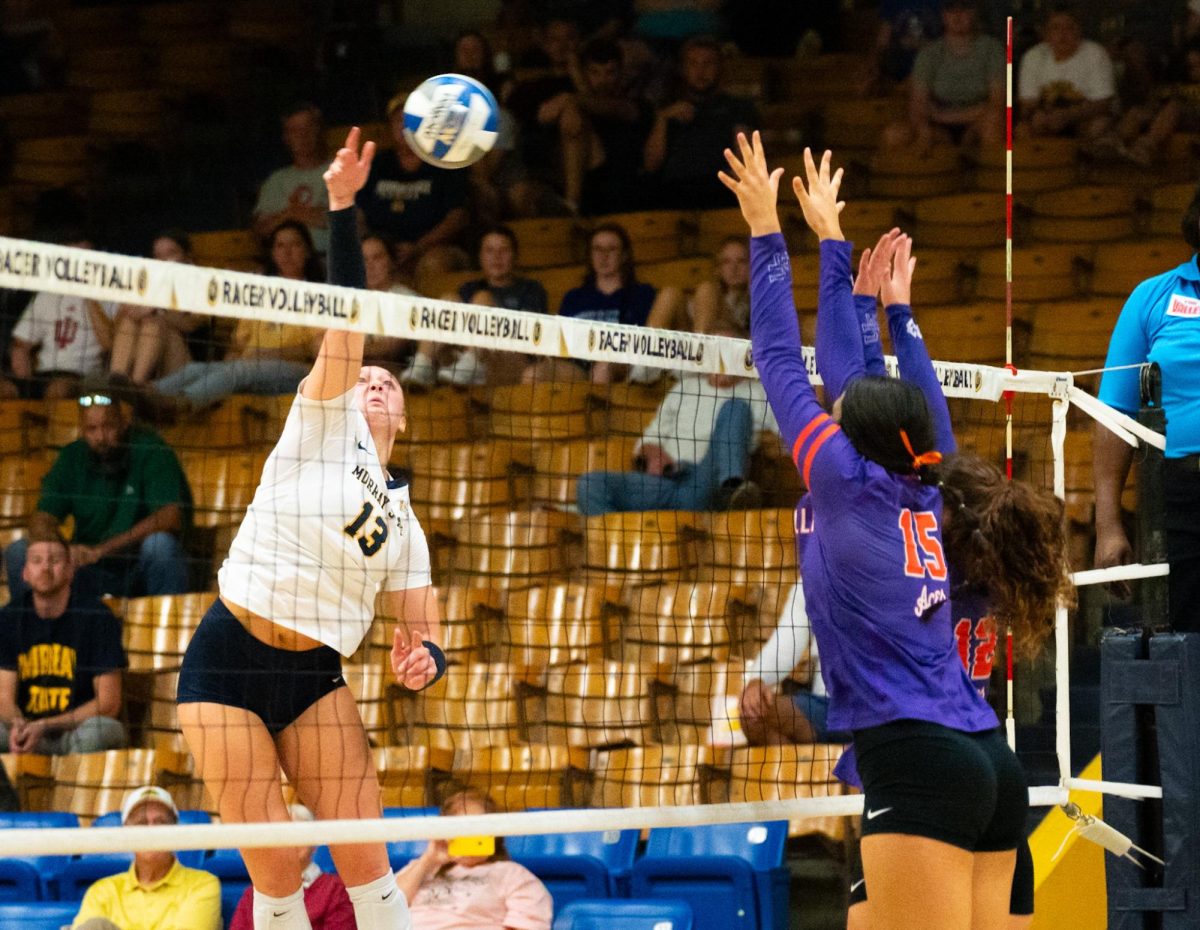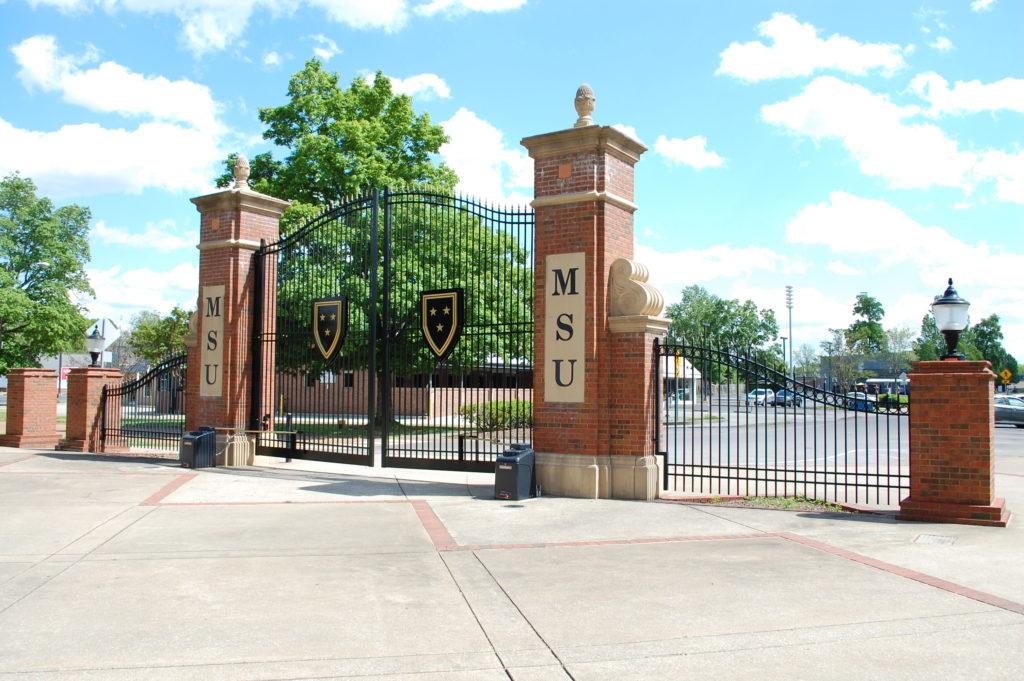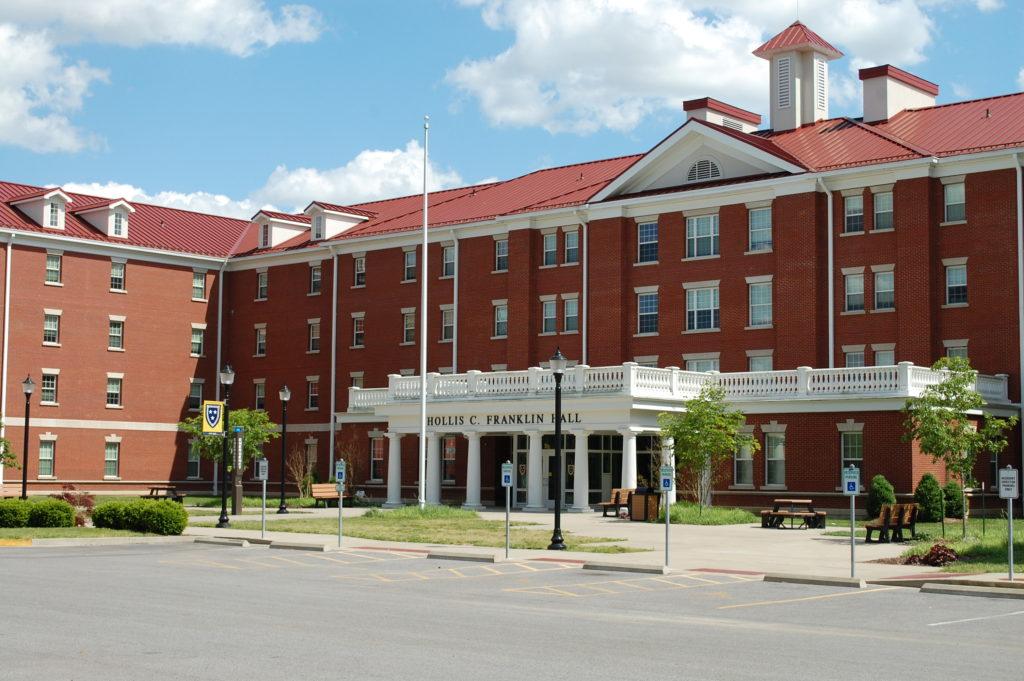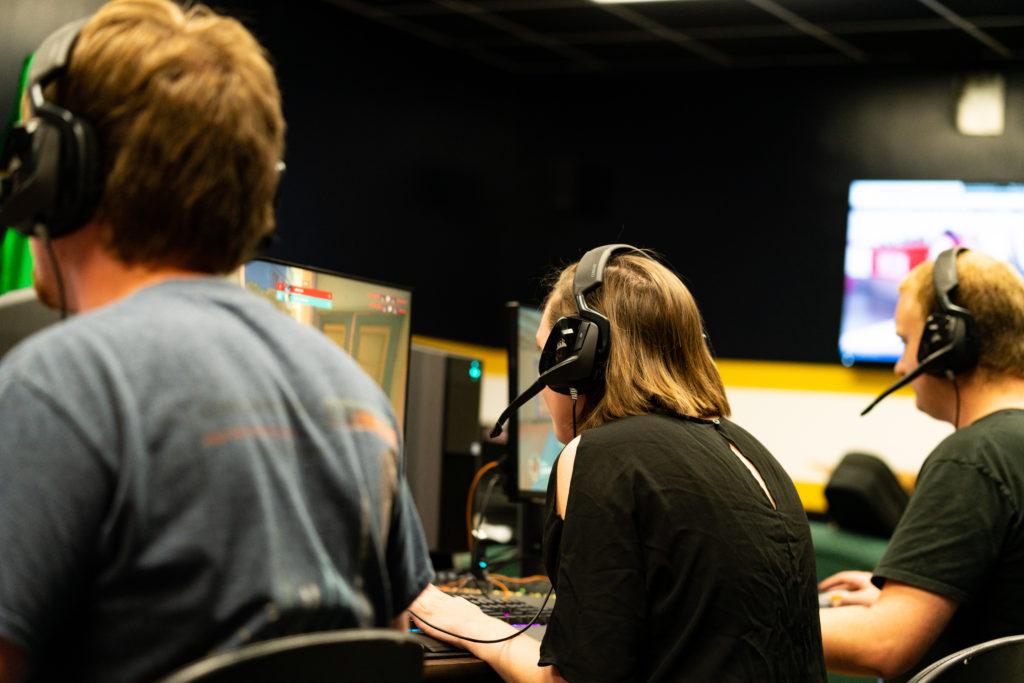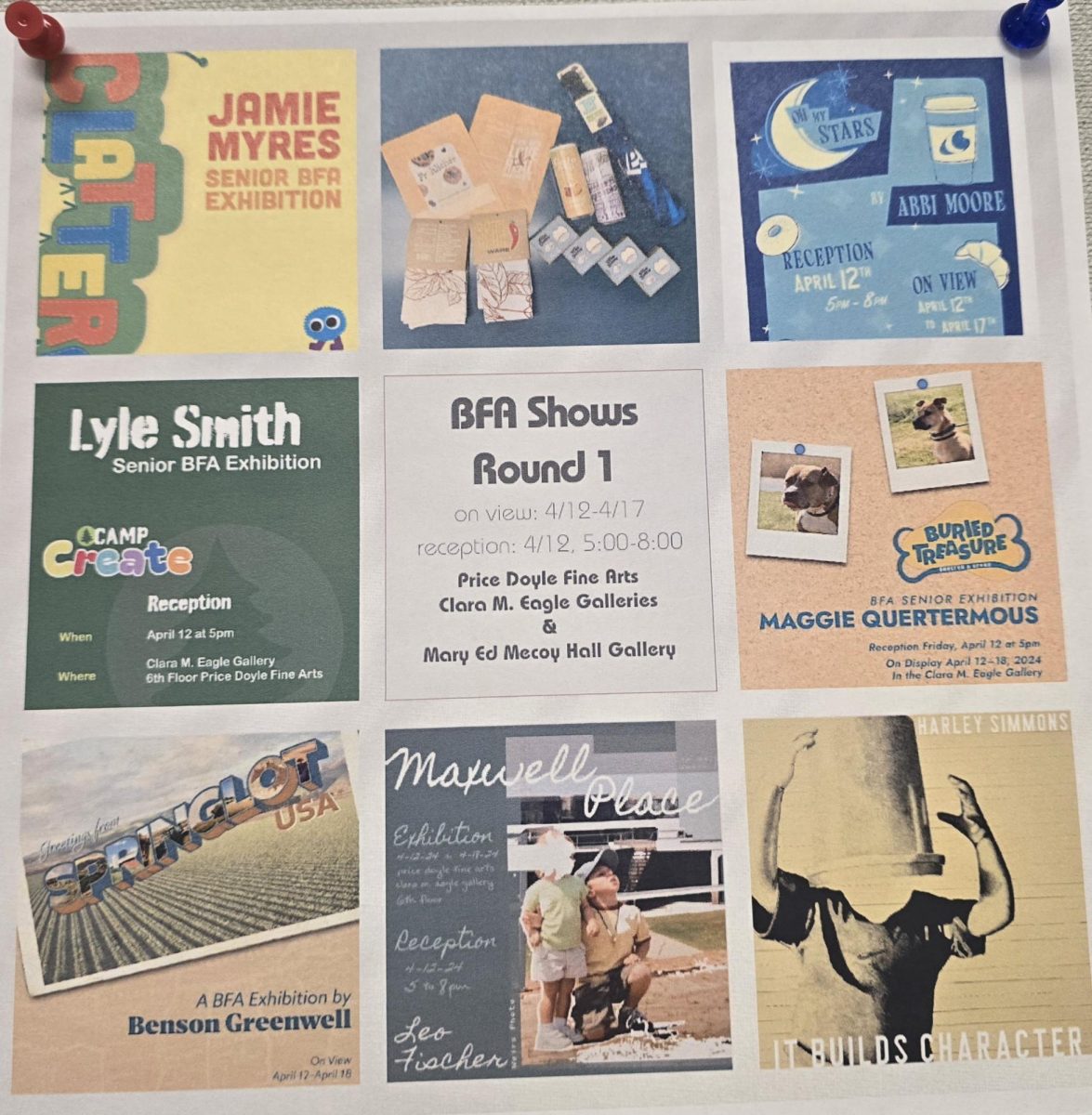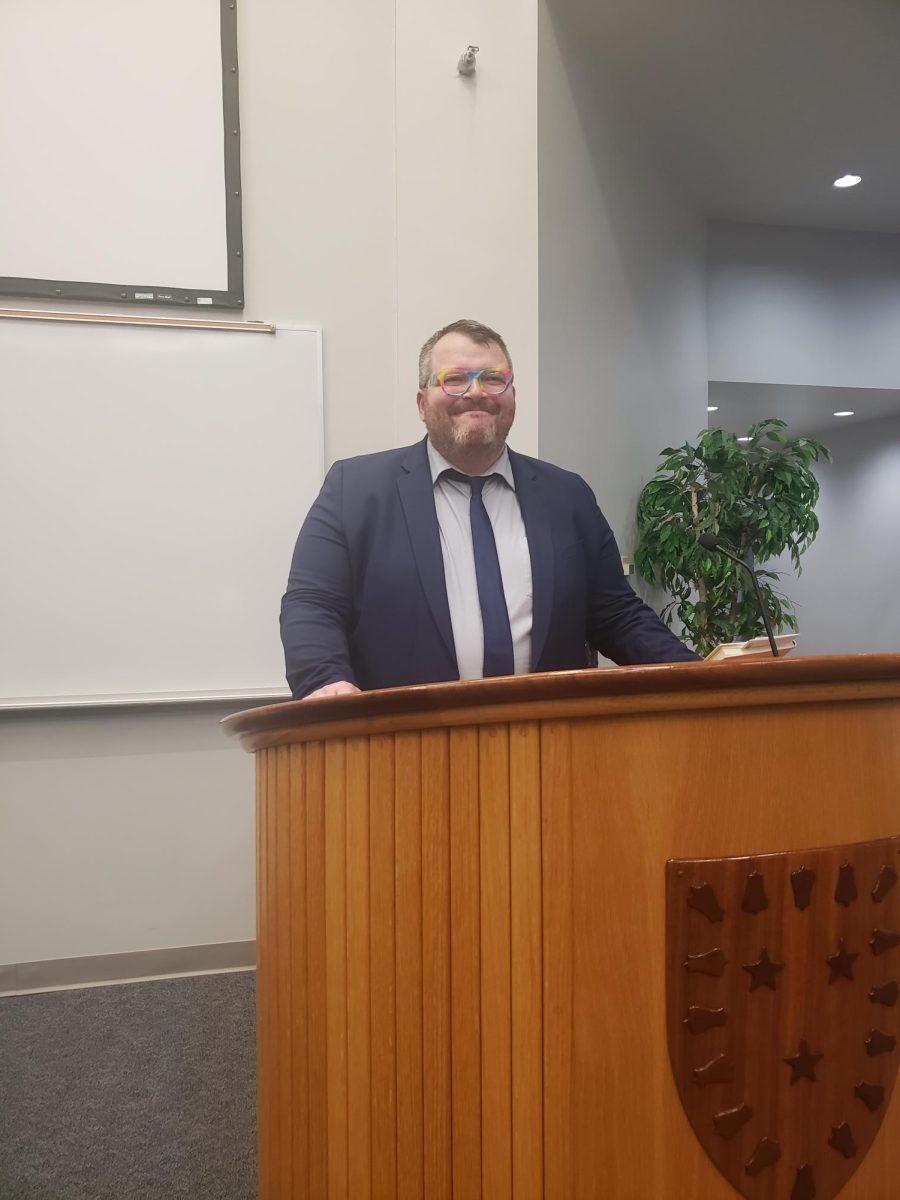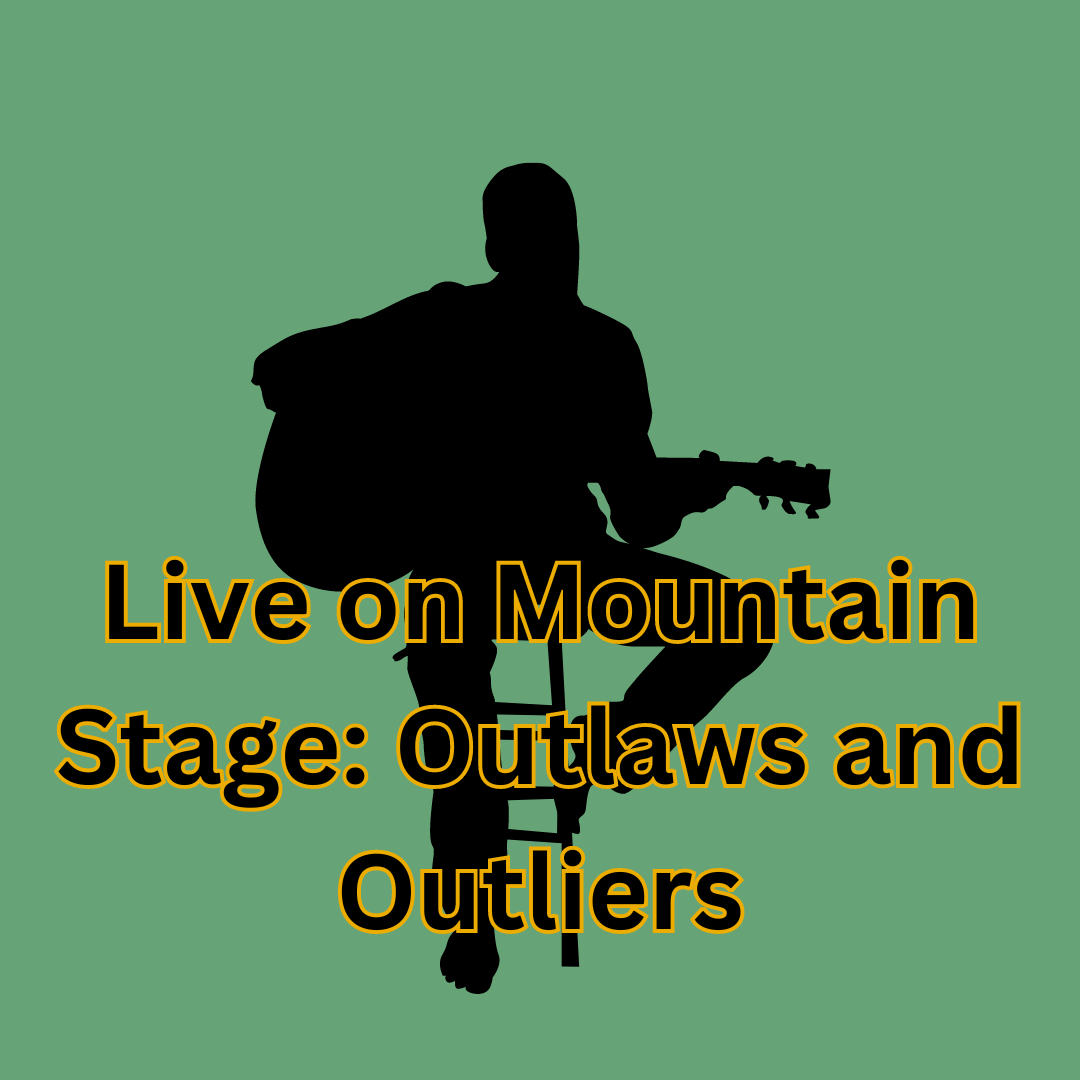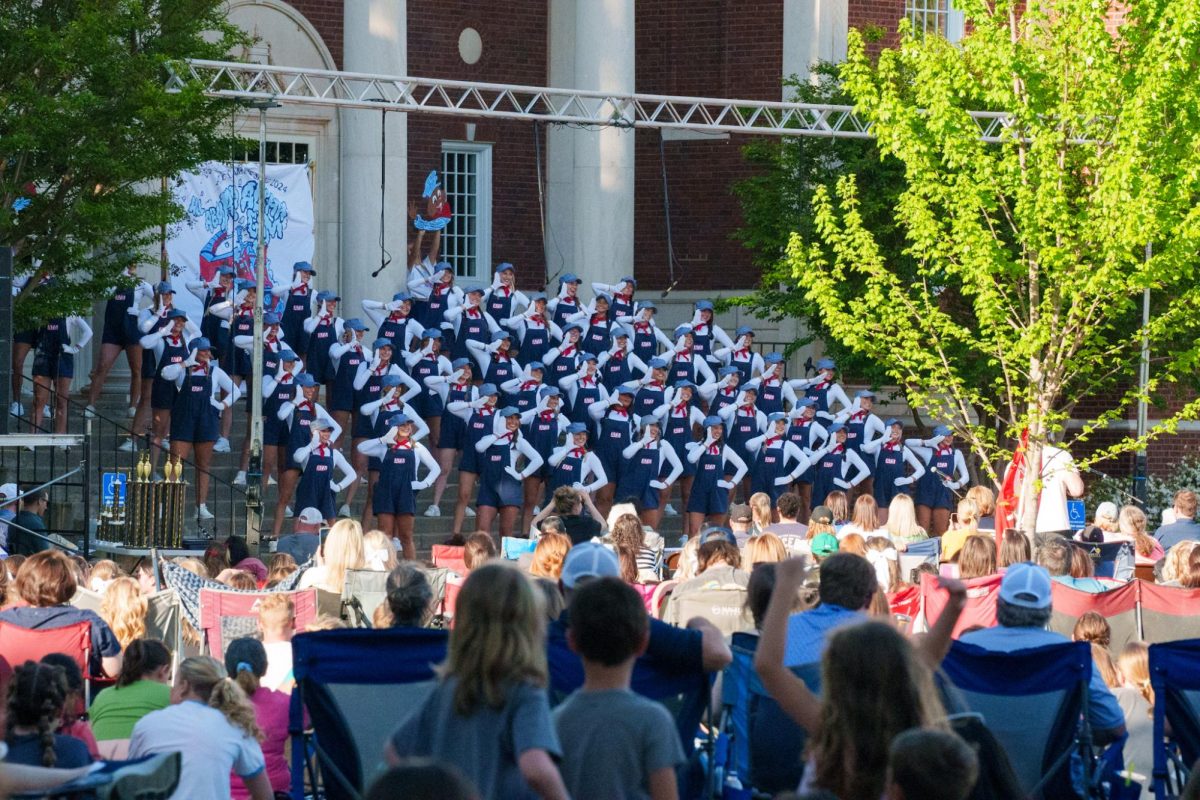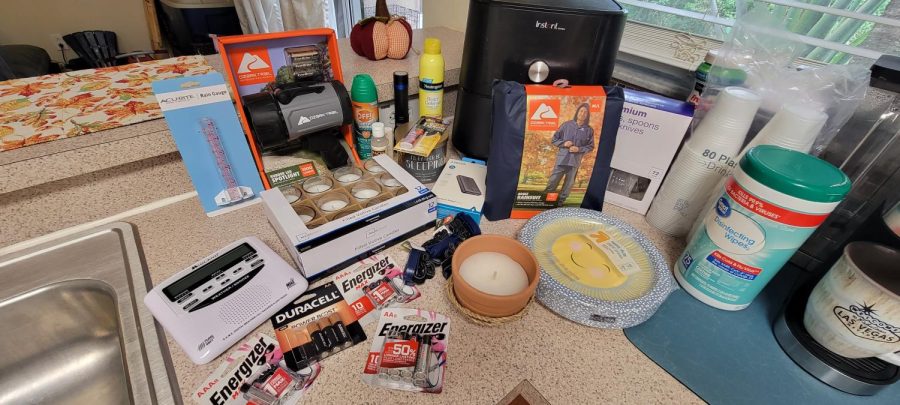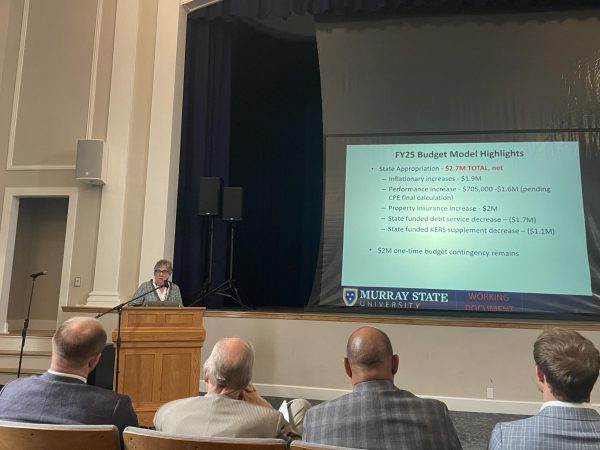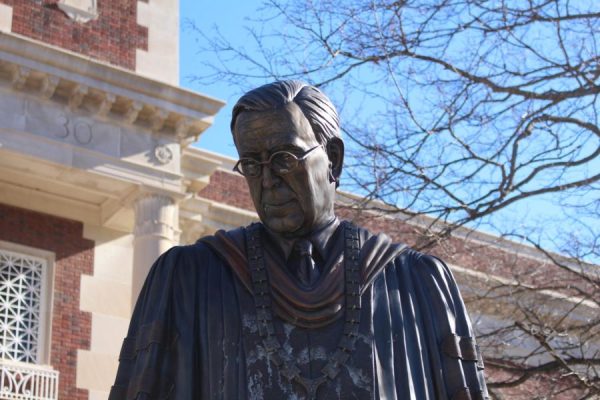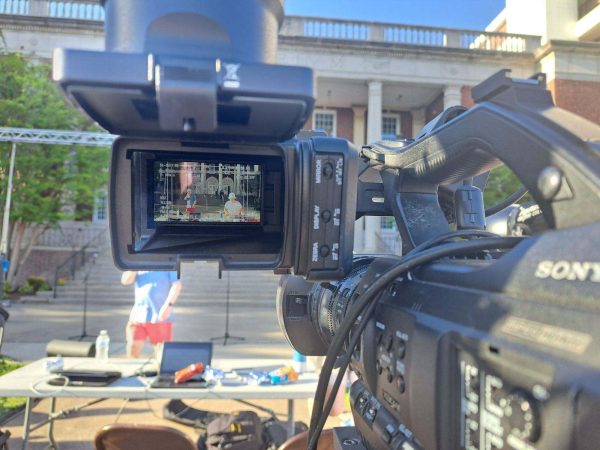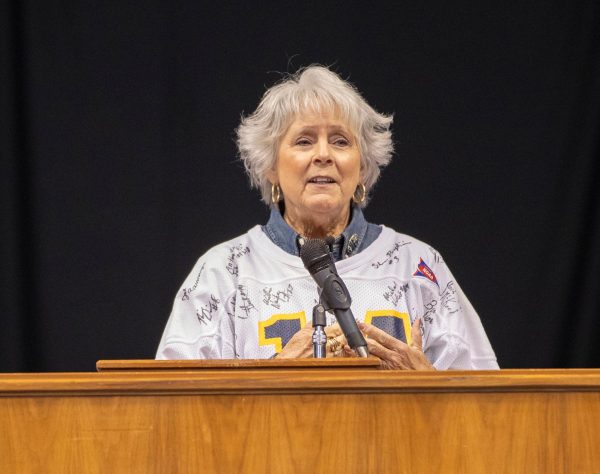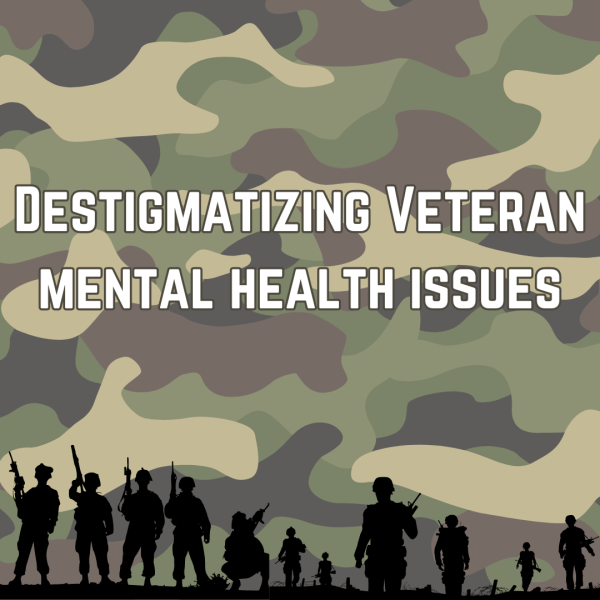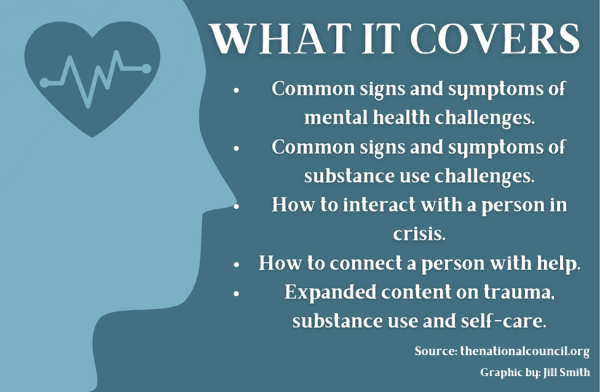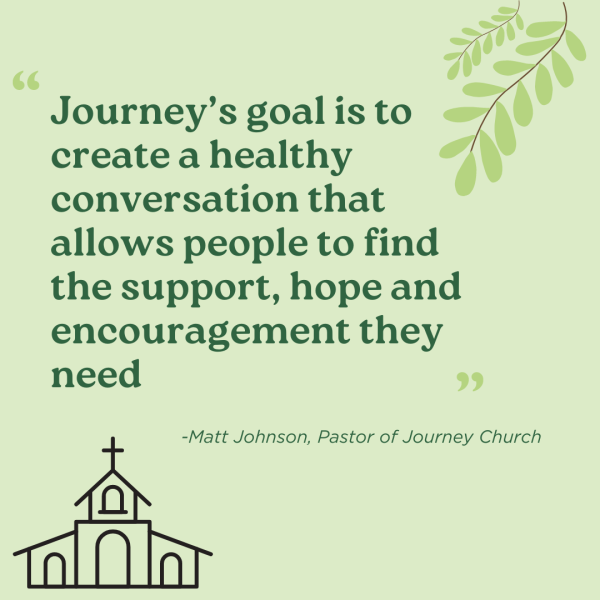Hurricane Ian impacts student, former Murray State professor
Stephanie Anderson gathered supplies once she saw Hurricane Ian would be near home. (photo courtesy of Stephanie Anderson)
October 20, 2022
Hurricane Ian, one of the most powerful storms recorded in United States history, made landfall on the coast of southwest Florida on Sept. 28, according to the Washington Post.
The Category 4 hurricane took over 100 lives, with the majority of the deaths occurring in Lee County, according to an article by NPR.
Former Murray State Journalism Professor and The News Adviser Stephanie Anderson recently moved to Tampa, Florida, and experienced the hurricane first hand.
Anderson said she was naive on how concerned she should be based on her past experiences with severe weather in Kentucky.
Anderson said winds at her house got up to 75 miles per hour, with sustained winds at 60 miles an hour.
“When you’re talking about those sustained winds that are battering the house, the power’s flickering, car alarms were going off in the parking lot of our townhome complex,” Anderson said. “Our windows were rattling and when gusts would come, the rain would shoot completely sideways.”
Anderson says she saw minor damage at her townhome complex, including damaged fences, fallen trees and scattered debris.
Hurricanes are more prolonged weather events than tornadoes and ended up being more concerning to Anderson, especially as a mom to a toddler.
While hurricanes and tornadoes are both characterized by strong horizontal winds, tornado winds can reach up to 100 miles per hour or more but typically last a few minutes and rarely travel more than ten miles which was not the case in Mayfield on Dec. 10, 2021. Hurricanes are large-scale storms that travel thousands of miles and can last a few days to weeks, according to nasa.gov.
Sophomore music business major Kayley Smith has family living in Sarasota, Florida and said she was concerned for their safety.
“This was the first hurricane my family has truly been in the middle of,” Smith said. “My grandma was definitely the one that was worried the most, but everyone in the family was scared one way or another. However, they knew they would have a safe space during the storm, so that definitely relieved some stress.”
Smith said the town saw some damage and faced power outages as people tried to begin clean-up efforts.
“A few evacuation centers actually received damage and lost power too, so everyone who was using those had to be relocated,” Smith said. “Overall, the area had major water and wind damage, making the debris tossed around in the storm awful. I know there are still teams going around today attempting to clean up more areas, especially the Keys surrounding Sarasota.”
Approximately 67% of individuals lost their power in Sarasota, according to the Herald-Tribune.
Hurricane preparedness is vital when faced with a major storm to decrease fatalities.
Anderson said she tried to prepare for the weather event a week in advance to avoid long lines and empty shelves.
Smith said her grandmother prepared for the hurricane days in advance and tried to avoid crowds of people stocking up on necessities.
“She was able to get the food and supplies she and the rest of my family needed, and she completely boarded up her house and went to stay with my uncle,” Smith said. “They prepared mostly for power outages, getting batteries, candles, portable chargers, etc.”
A basic hurricane emergency kit contains items such as water, a first aid kit, nonperishable food, a whistle and a battery operated radio, according to ready.gov.
Now as a journalism professor at University of South Florida, Anderson said she saw this as an opportunity to teach her students strategies on covering a hurricane.
“I think a lot of that goes back to my experiences in Kentucky and at Murray State between covering the Mayfield tornado last December, then going through the ice storms [in 2009],” Anderson said. “I think all of those kind of prepared me as much as possible to help my students cover it.”
One of her students is an intern at a local news station and got stuck in Fort Myers covering the hurricane.
“She has all the footage of the boats strung up on land and houses to storage and talked to people who lost their homes,” Anderson said. “They had to contact the local police department and [were] able to get enough gas to be able to get to a relative’s house safely, but it turned into a really long ordeal. They ended up having to stay in Fort Myers because there was no power.”
Anderson says she feels more prepared for when the next hurricane hits Florida and would consider evacuating in the future.
“People [should] run from the floodwaters as high up as you can, or as far away as you can, and then you hide from the wind,” Anderson said. “I would definitely think twice if a hurricane was expected to hit Tampa.”



